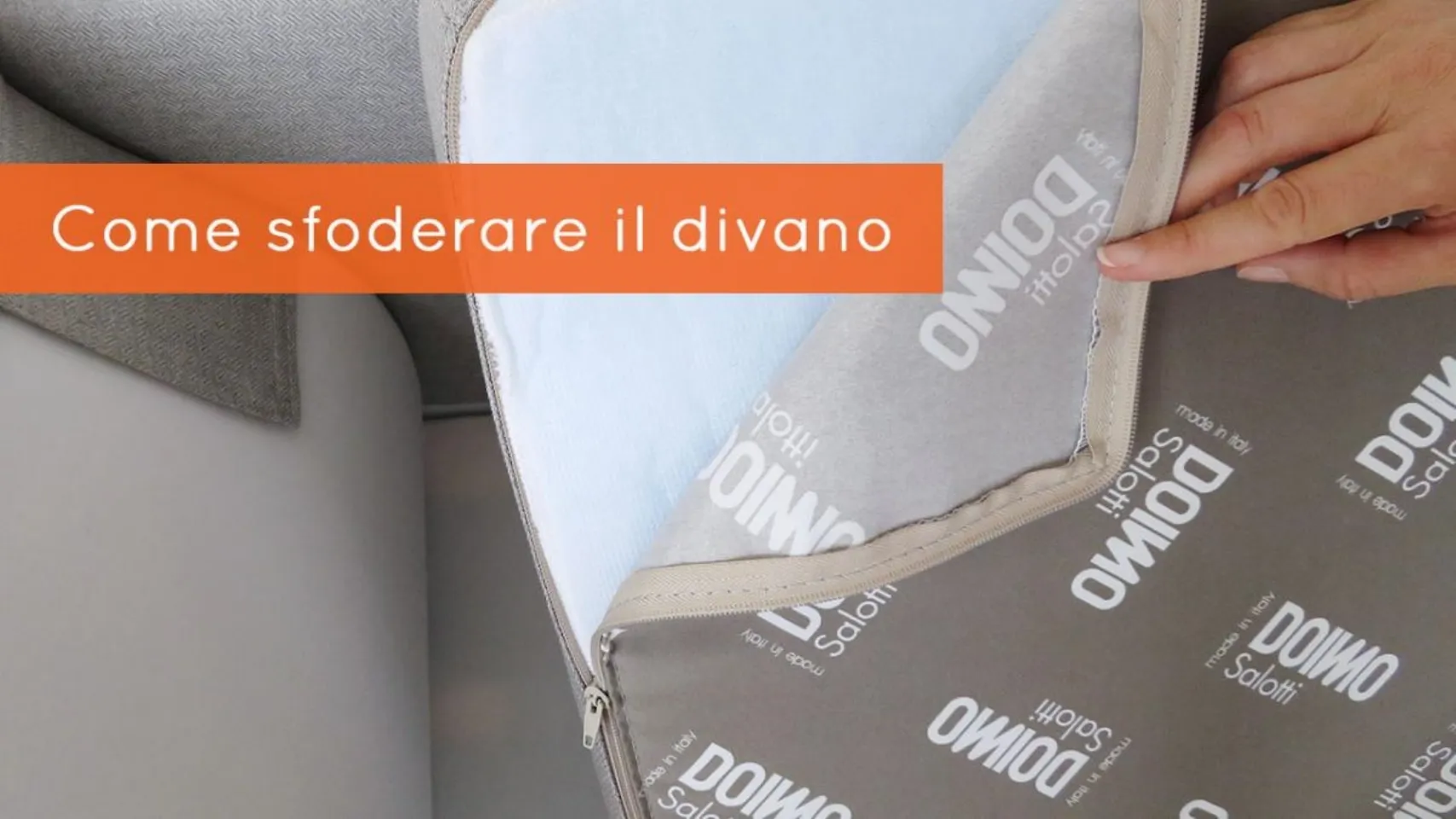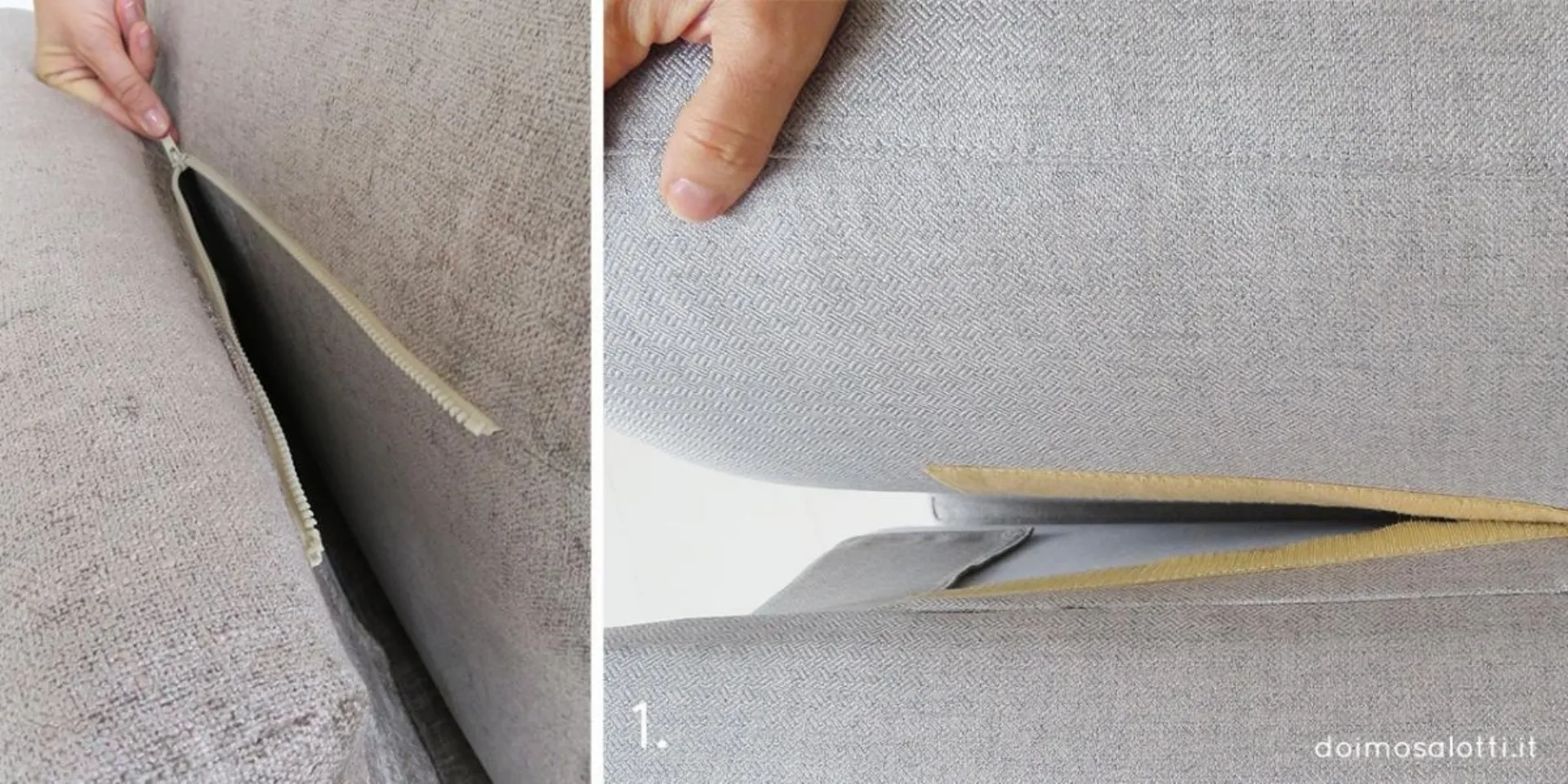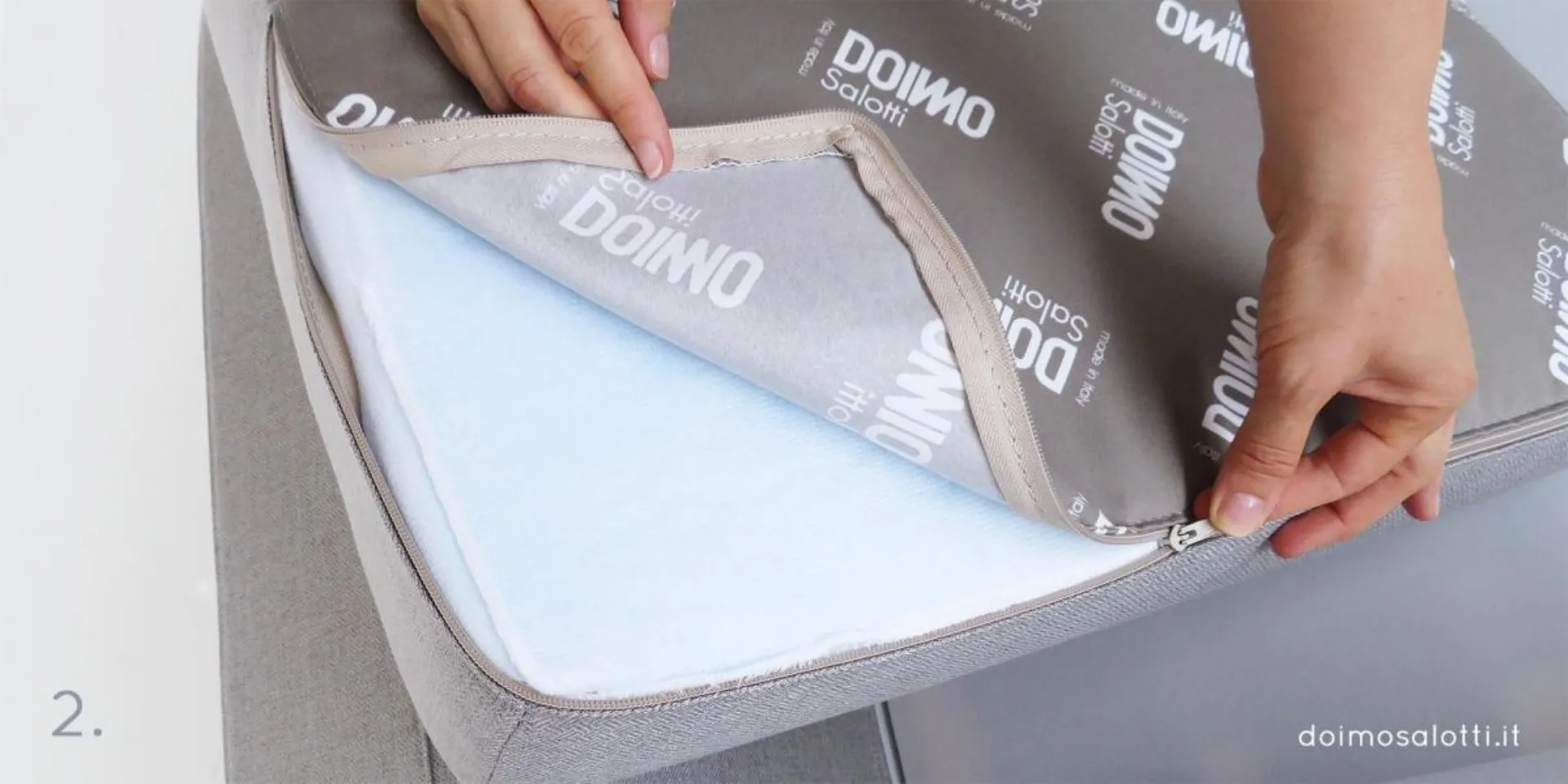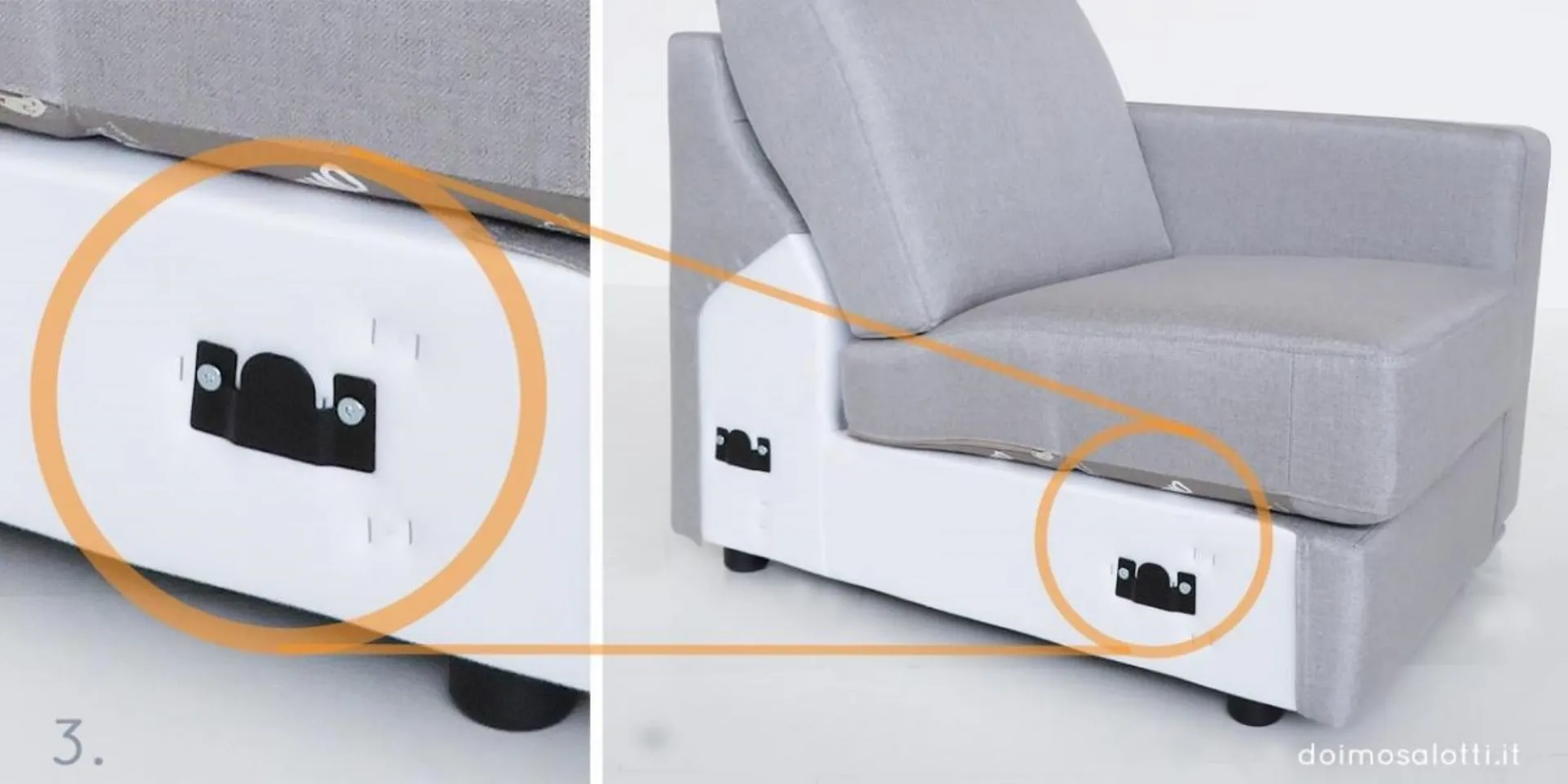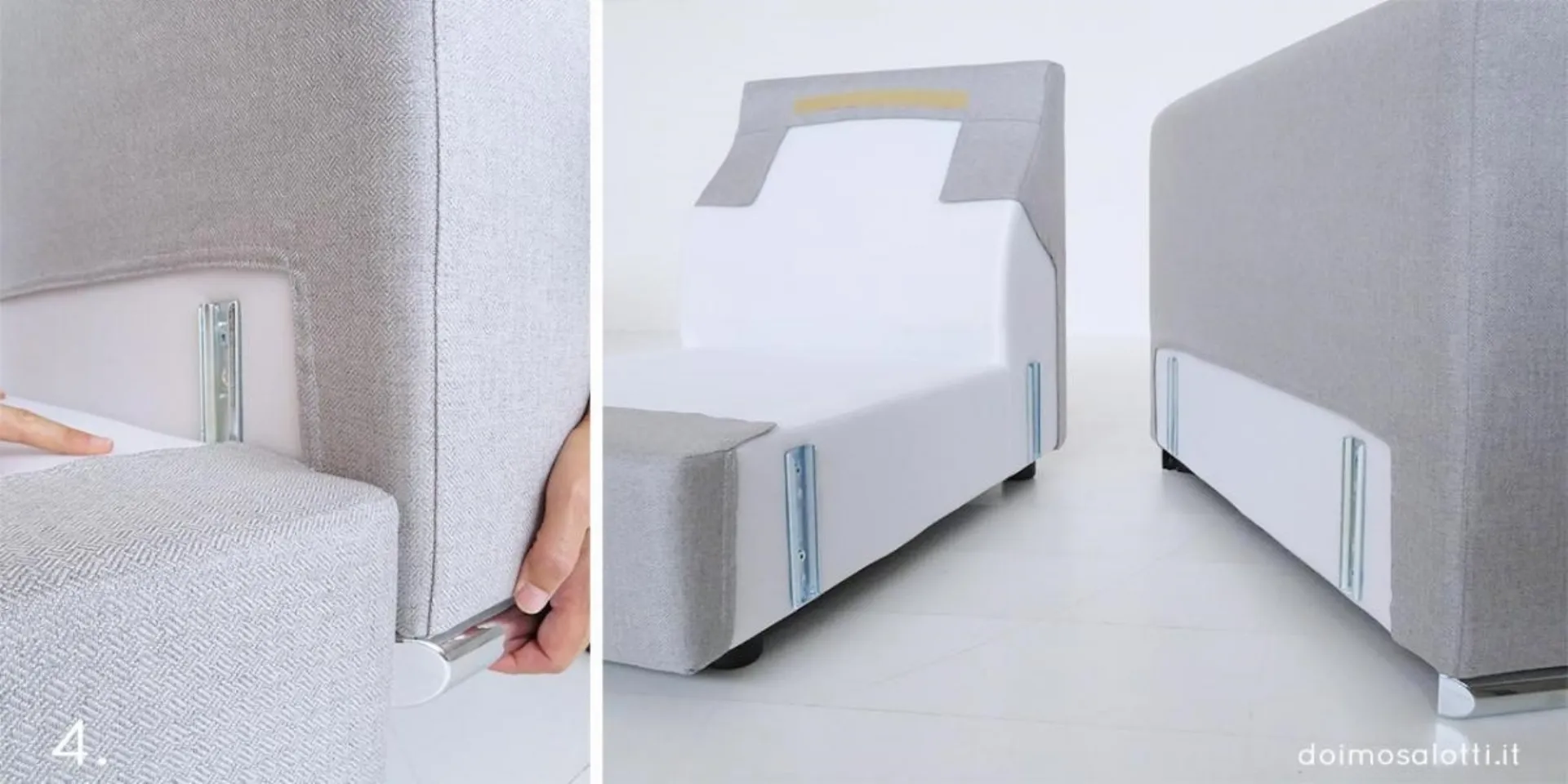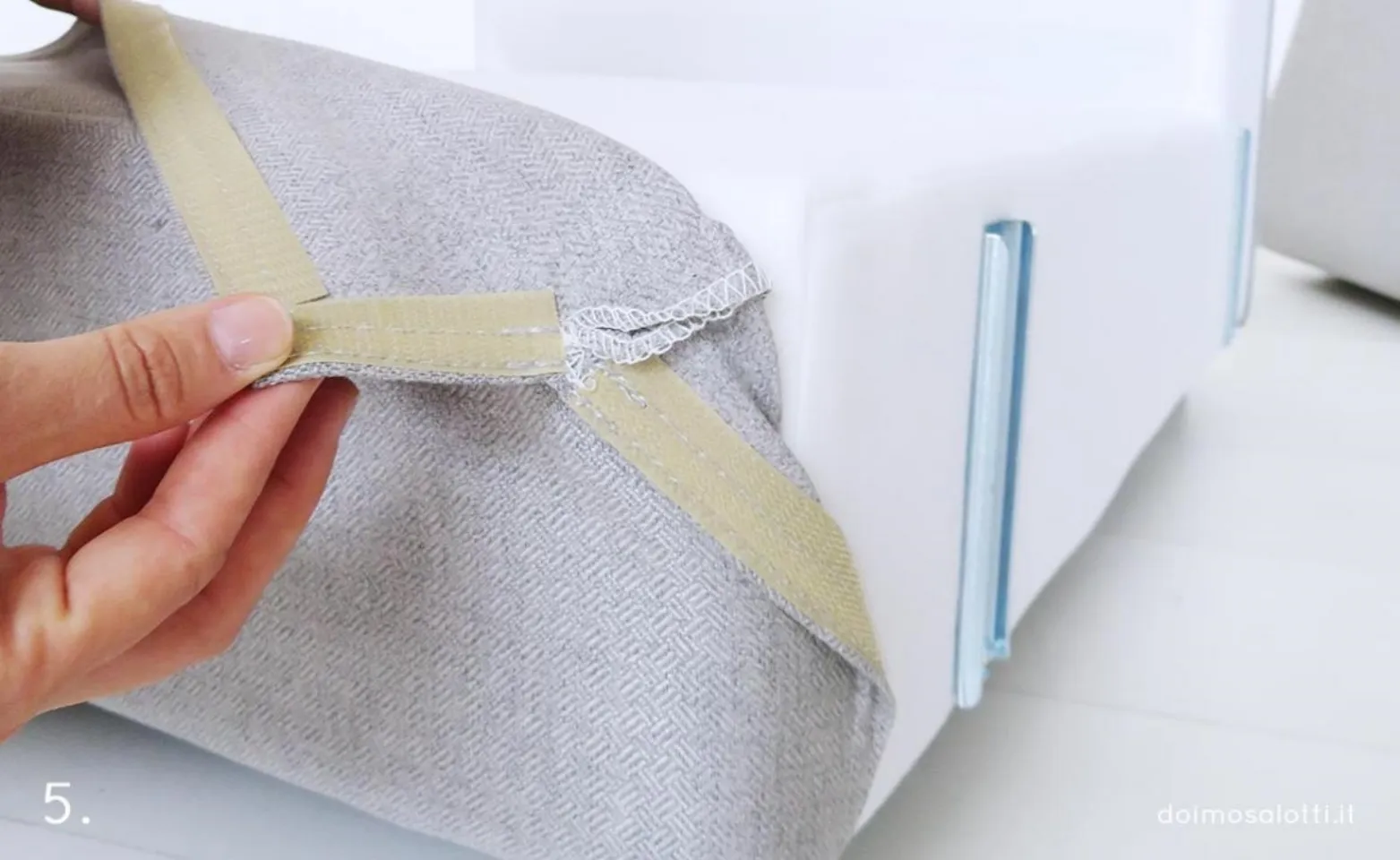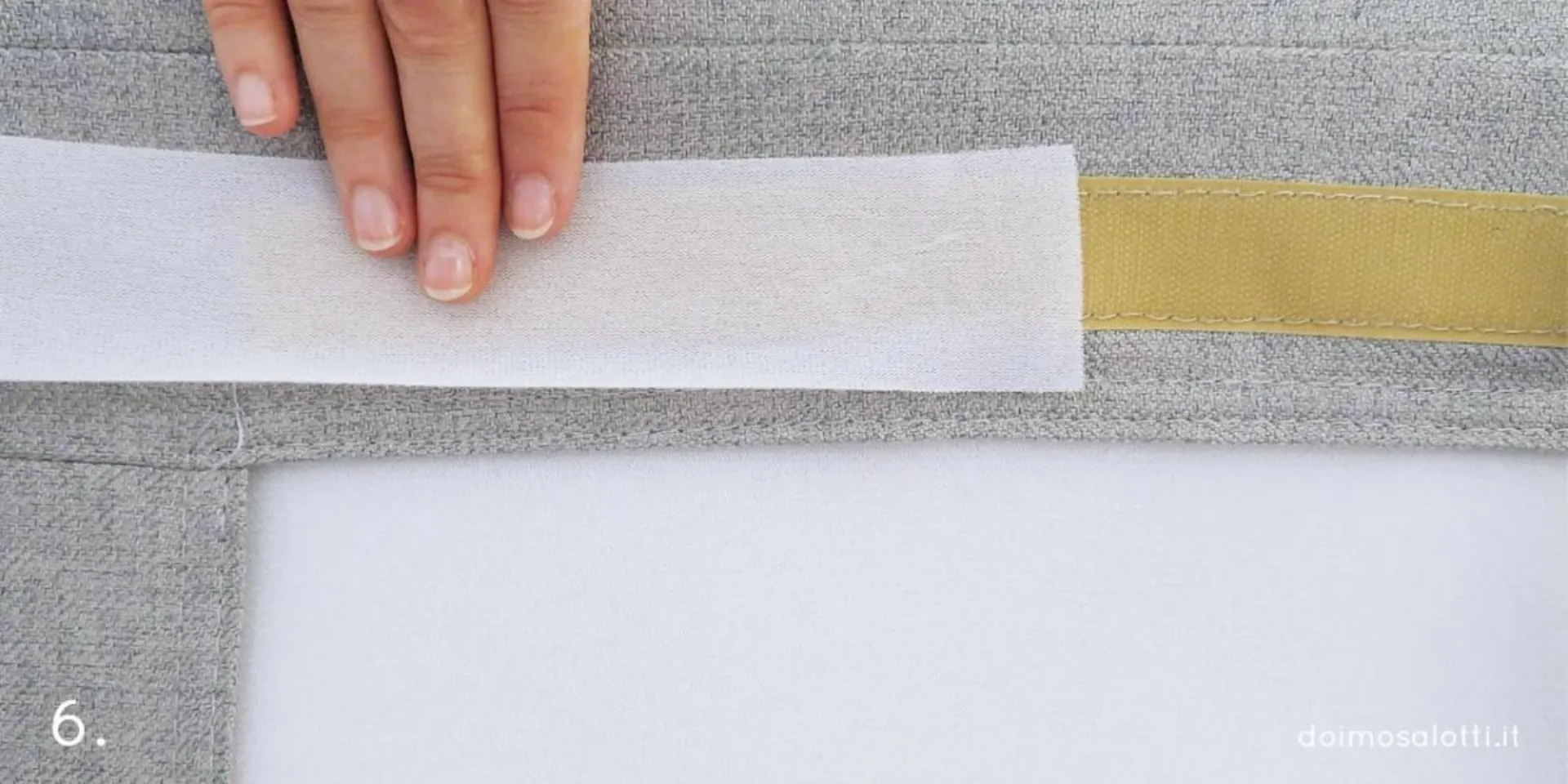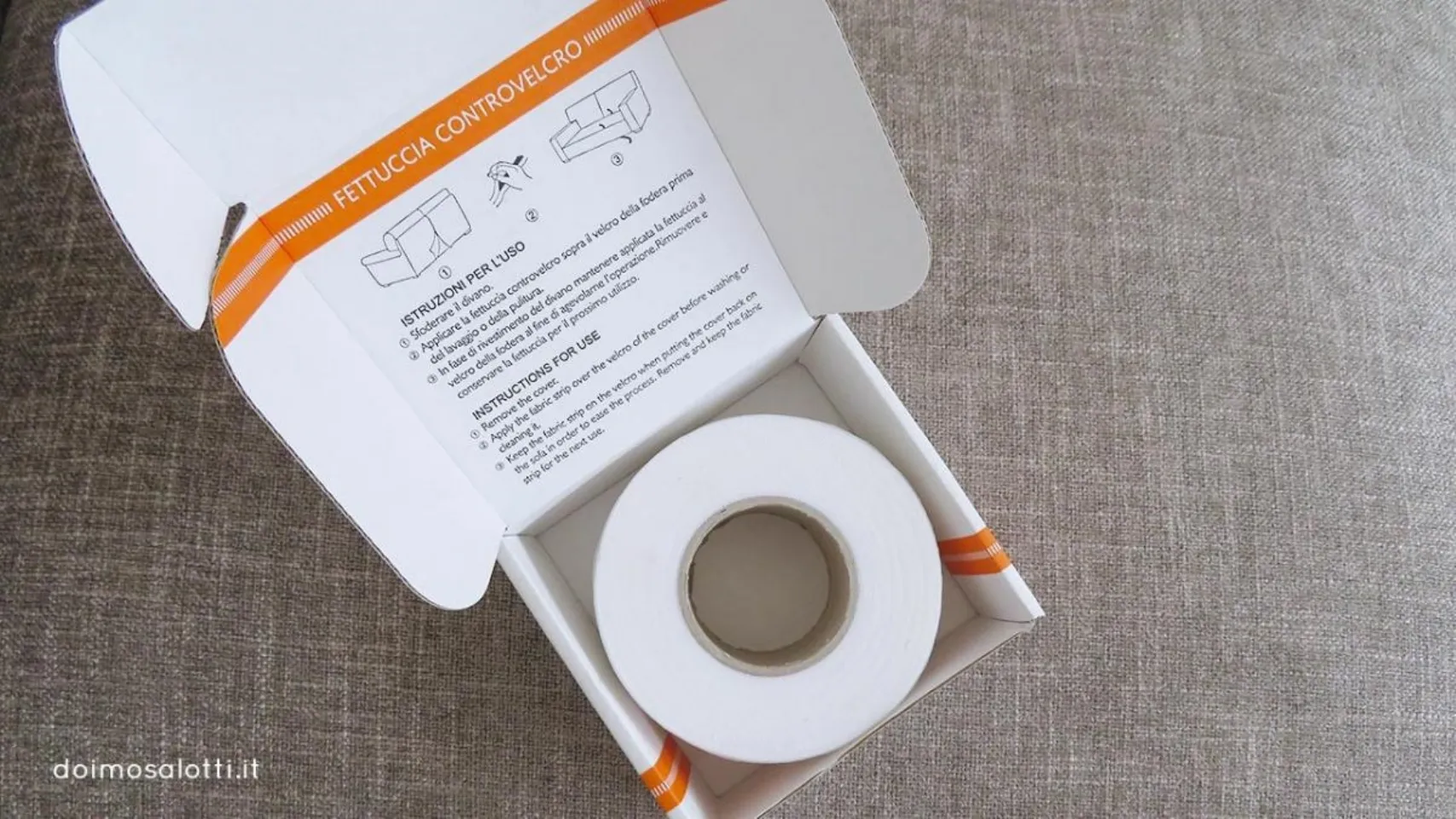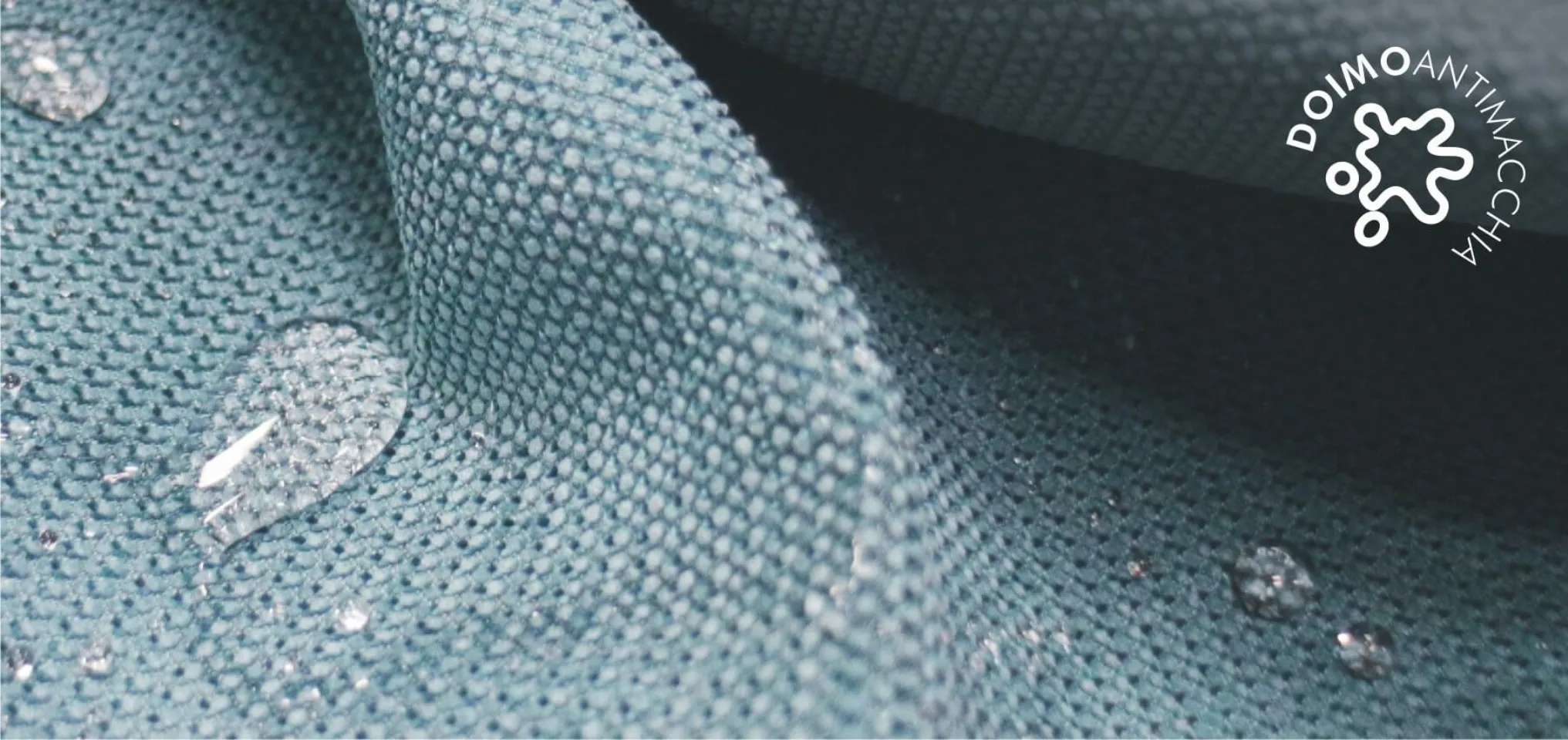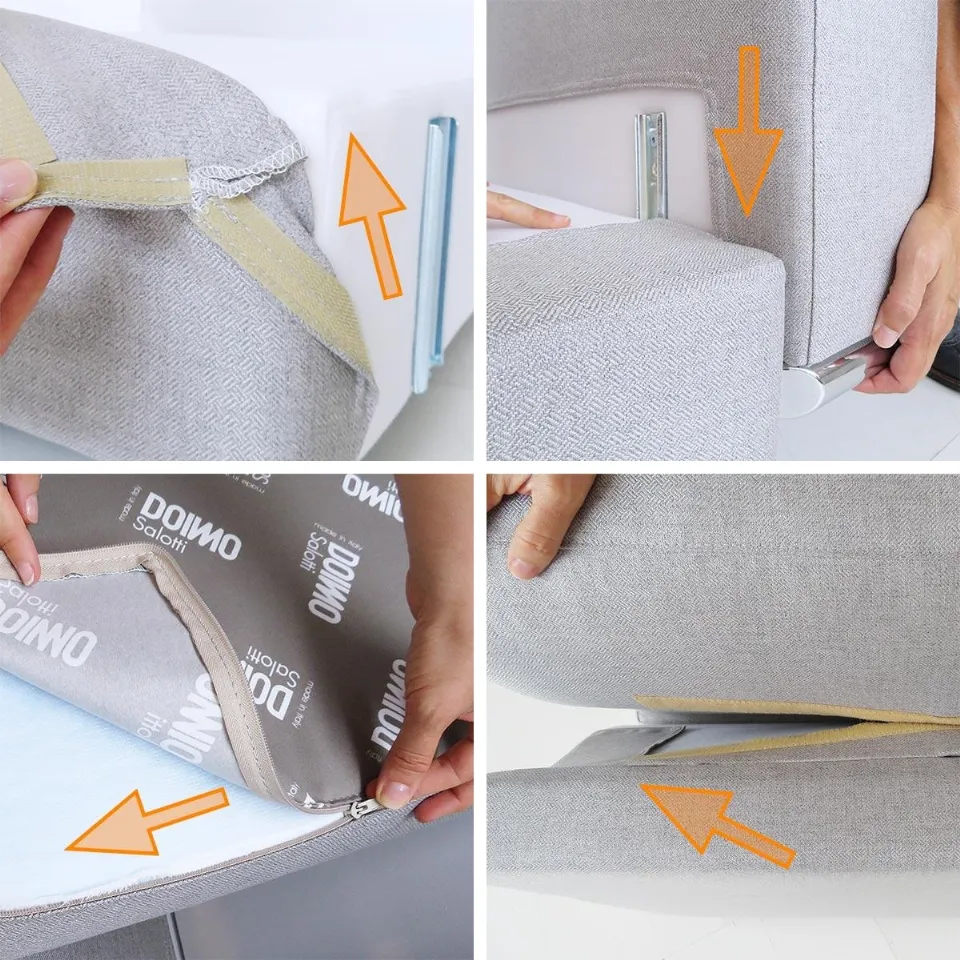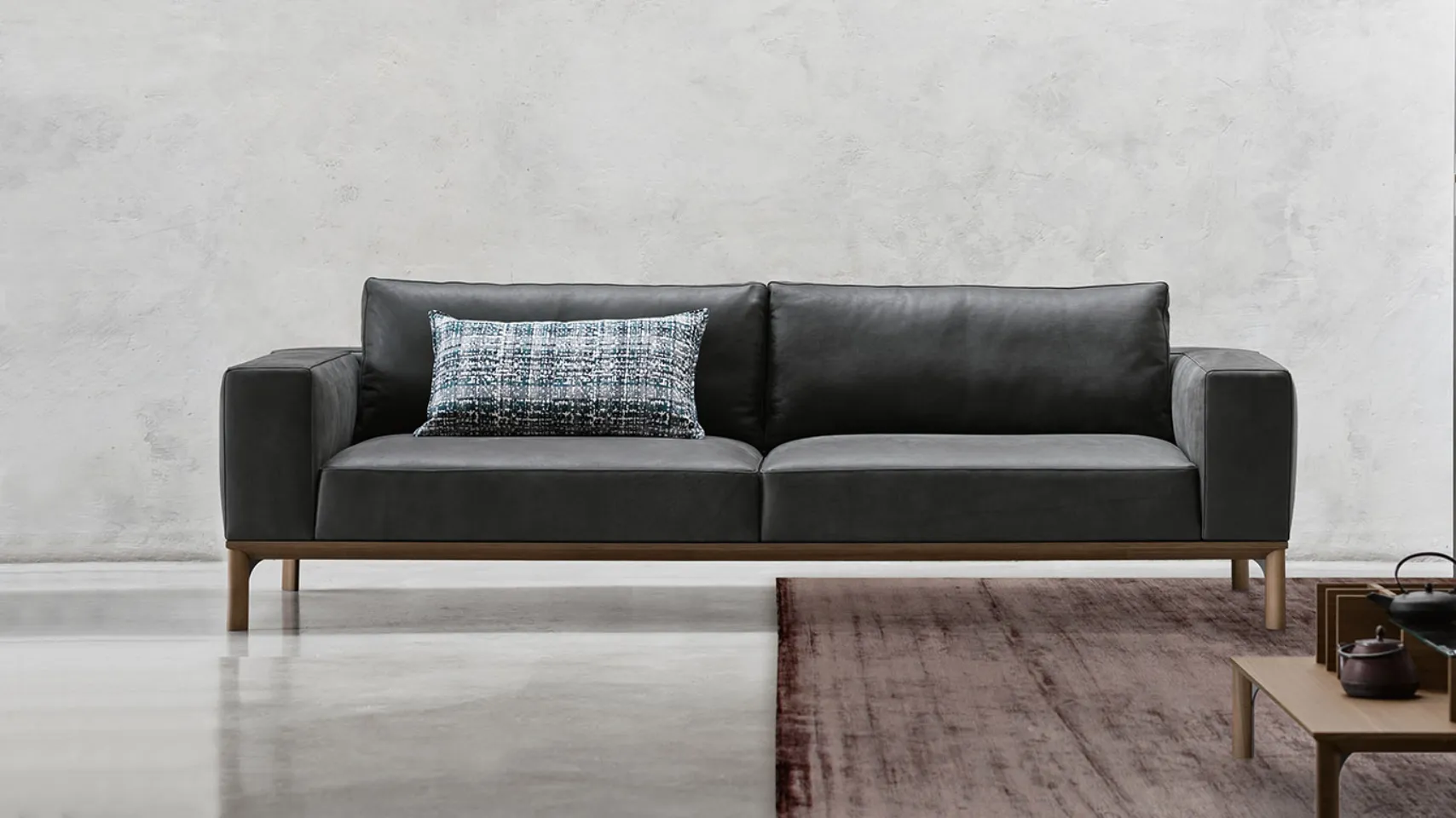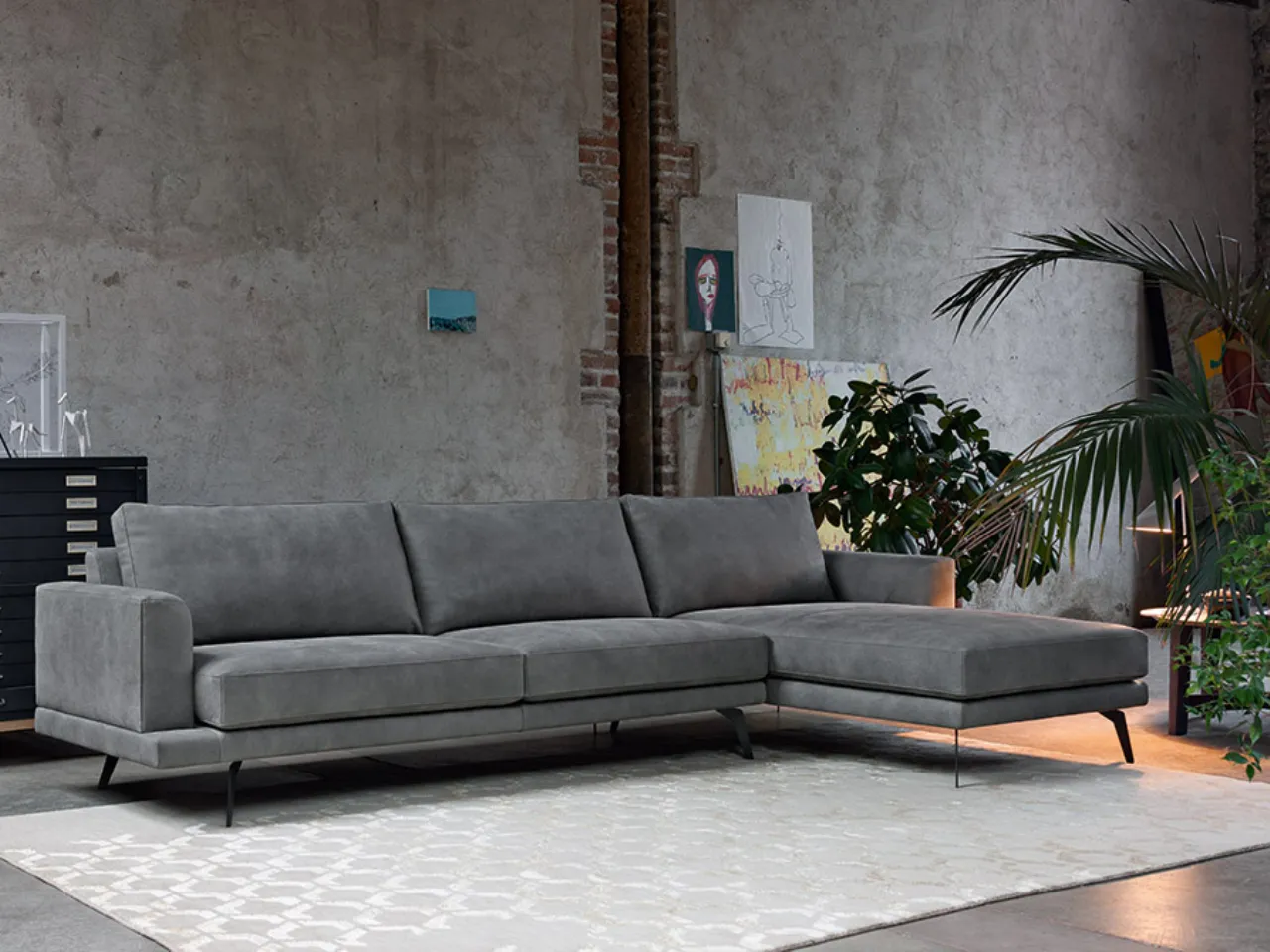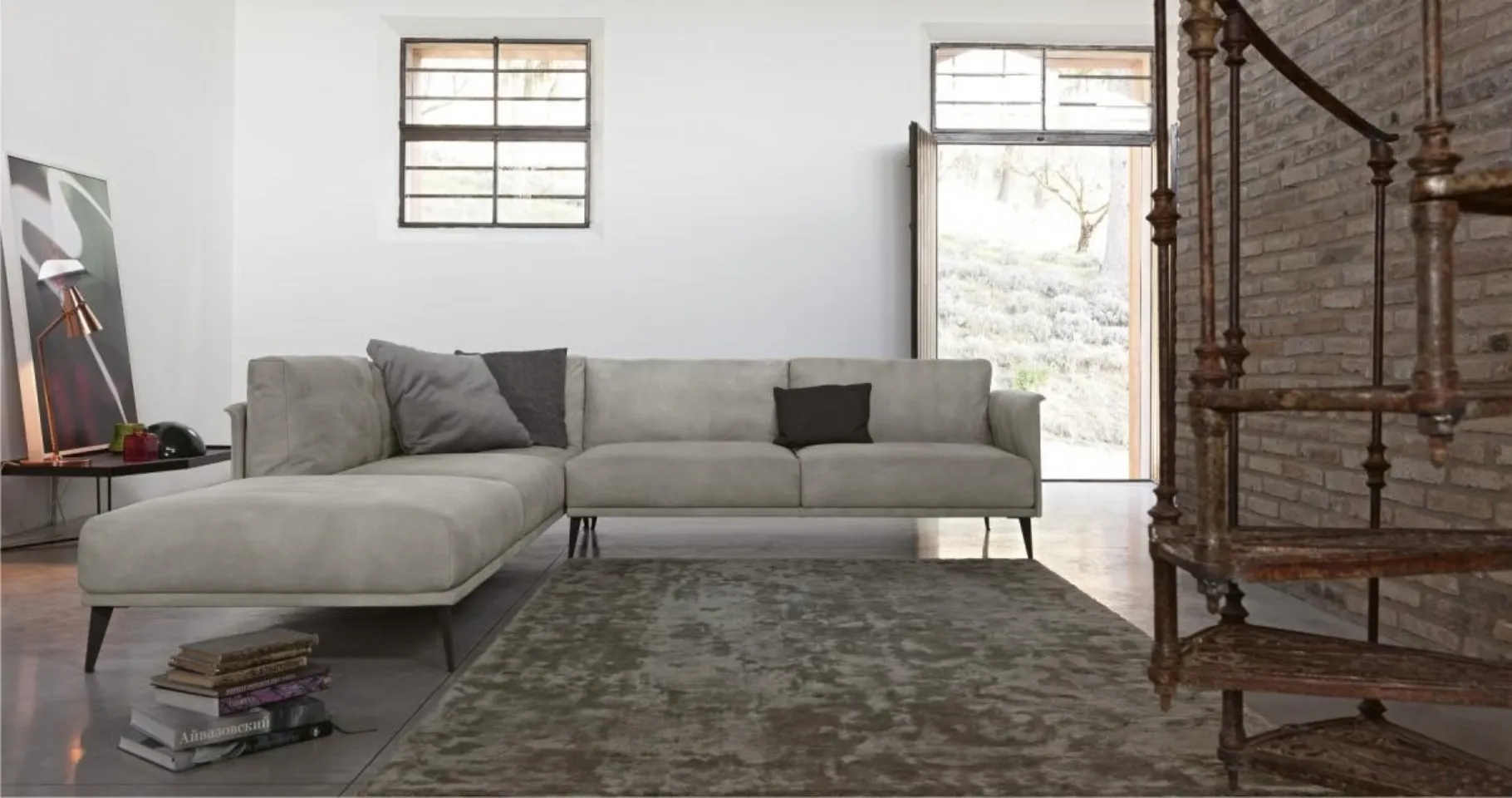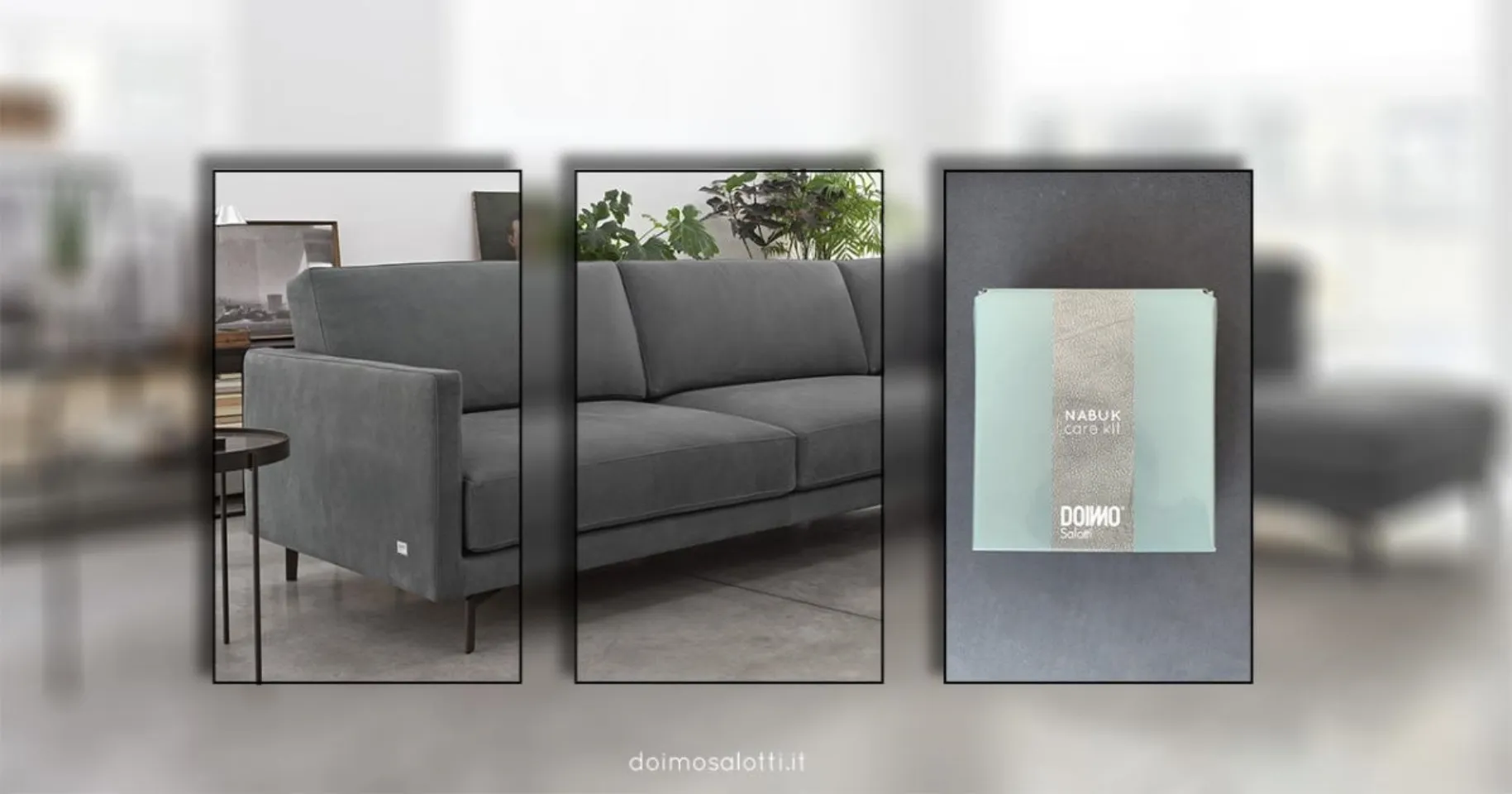Catia
Velluto: 100% PL
Melange: 100% PL
Effetto lana: 100% PL
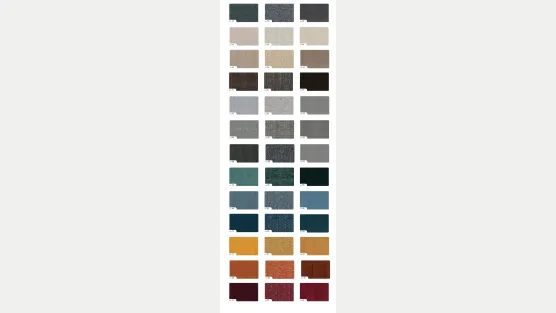
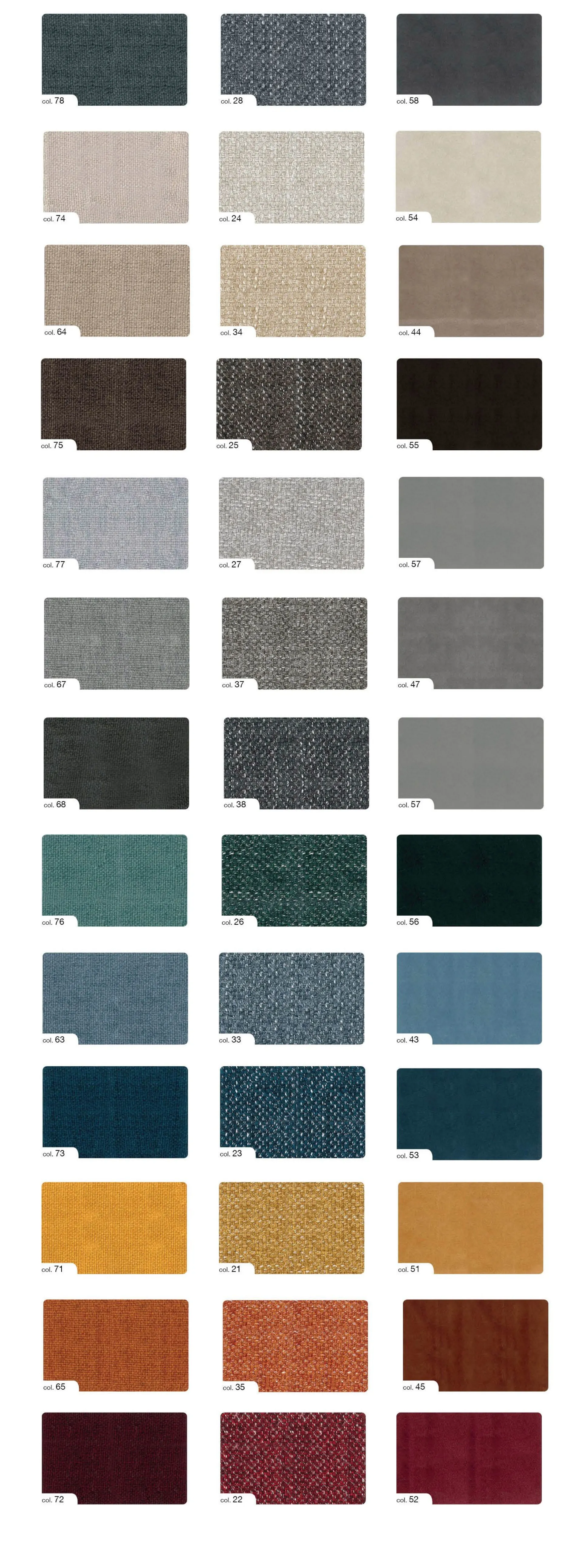
Cindy
Chevron: 100% PL
Unito: 94% PL 6% CO
Ciniglia: 100% PL
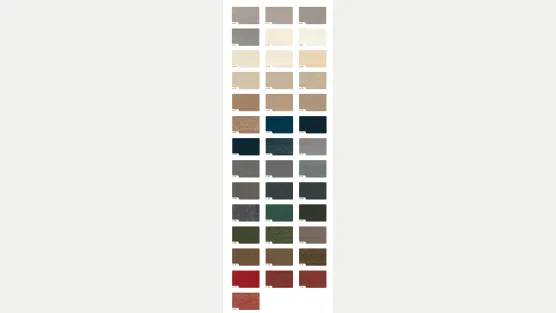
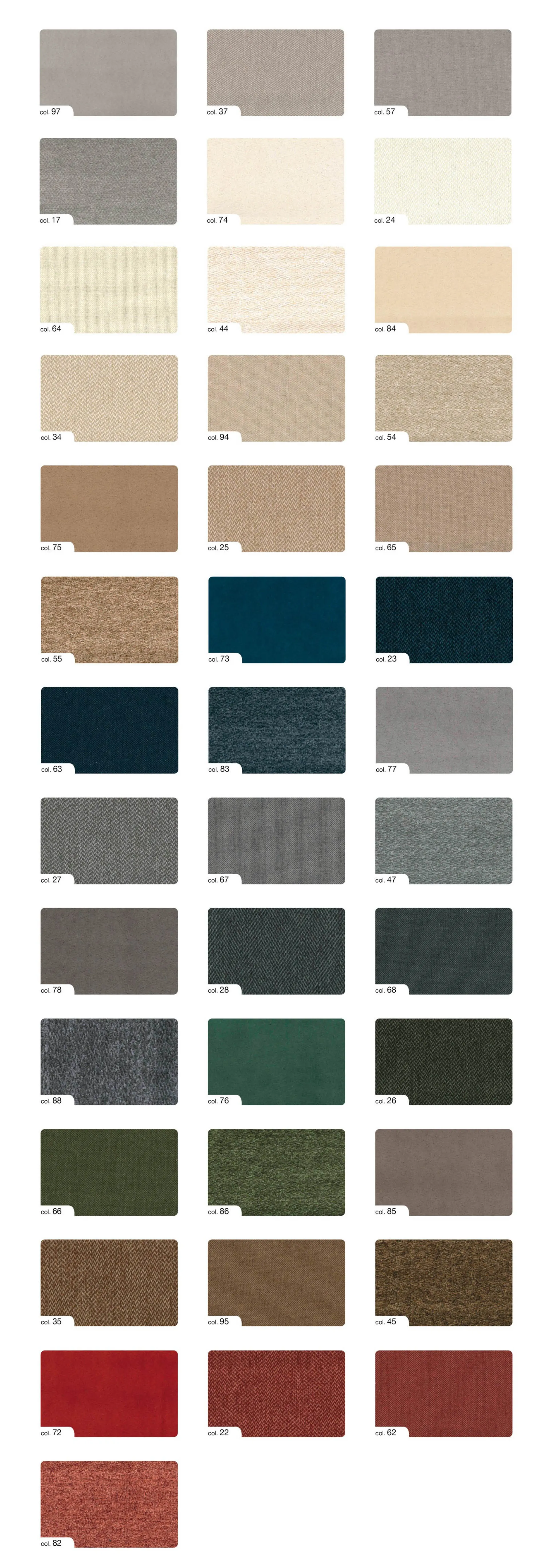
Cloe
Peso al mtl: 490 gr
Martindale: 100.000 giri
Altezza: cm 140
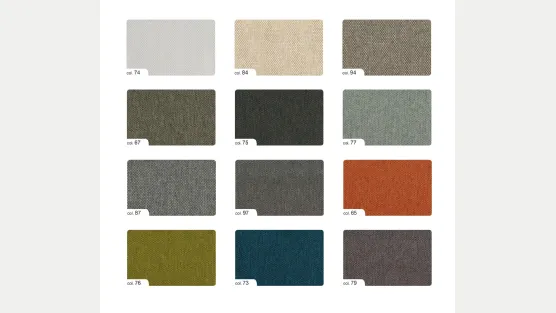
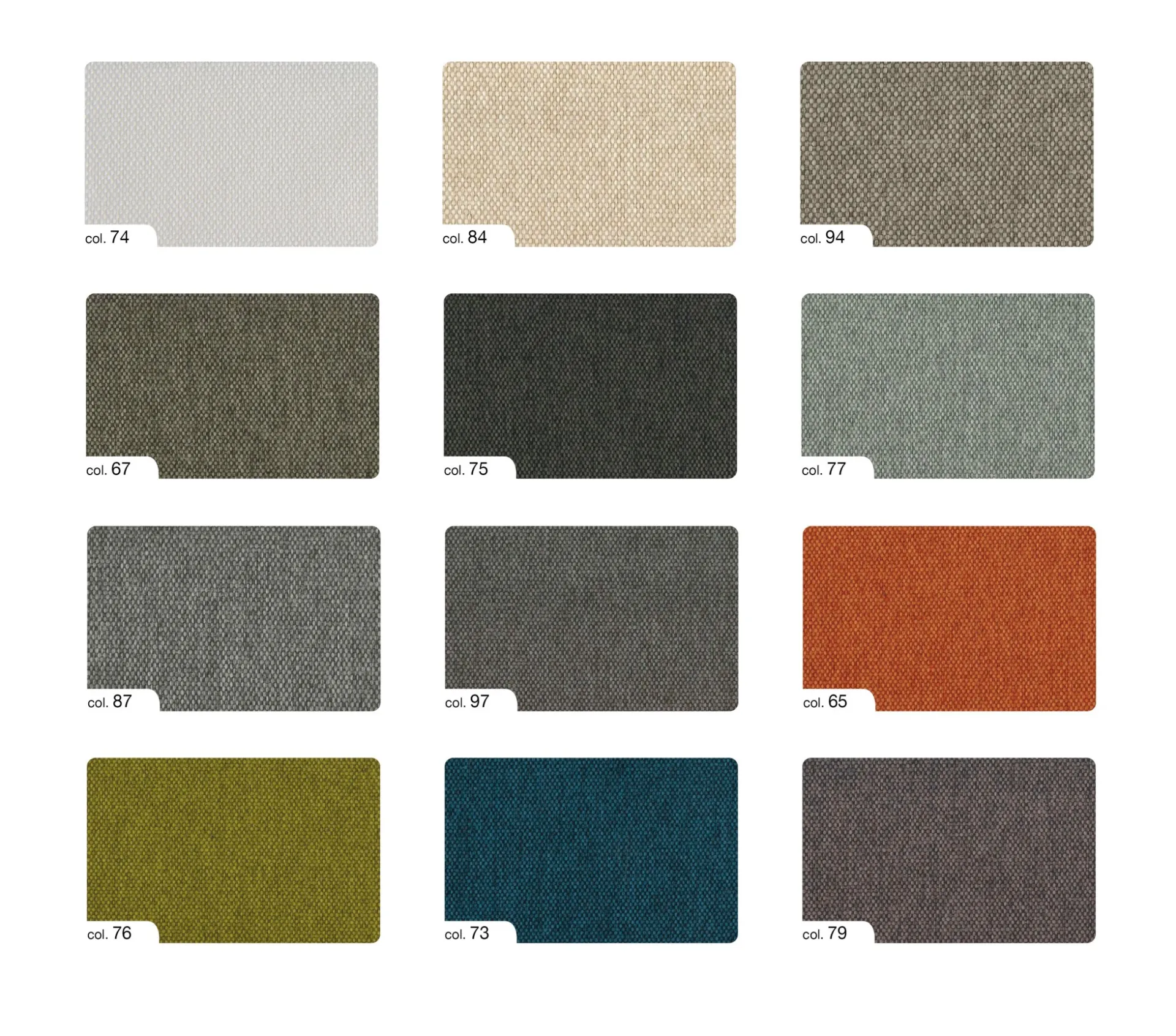
Clio
Composizione: 100% PL
Peso al mtl: 504 gr.
Martindale: 60.000 giri
Altezza: cm. 140
Idrorepellente lavabile in acqua a 30°
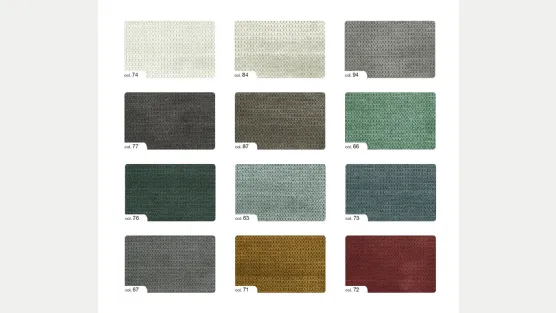
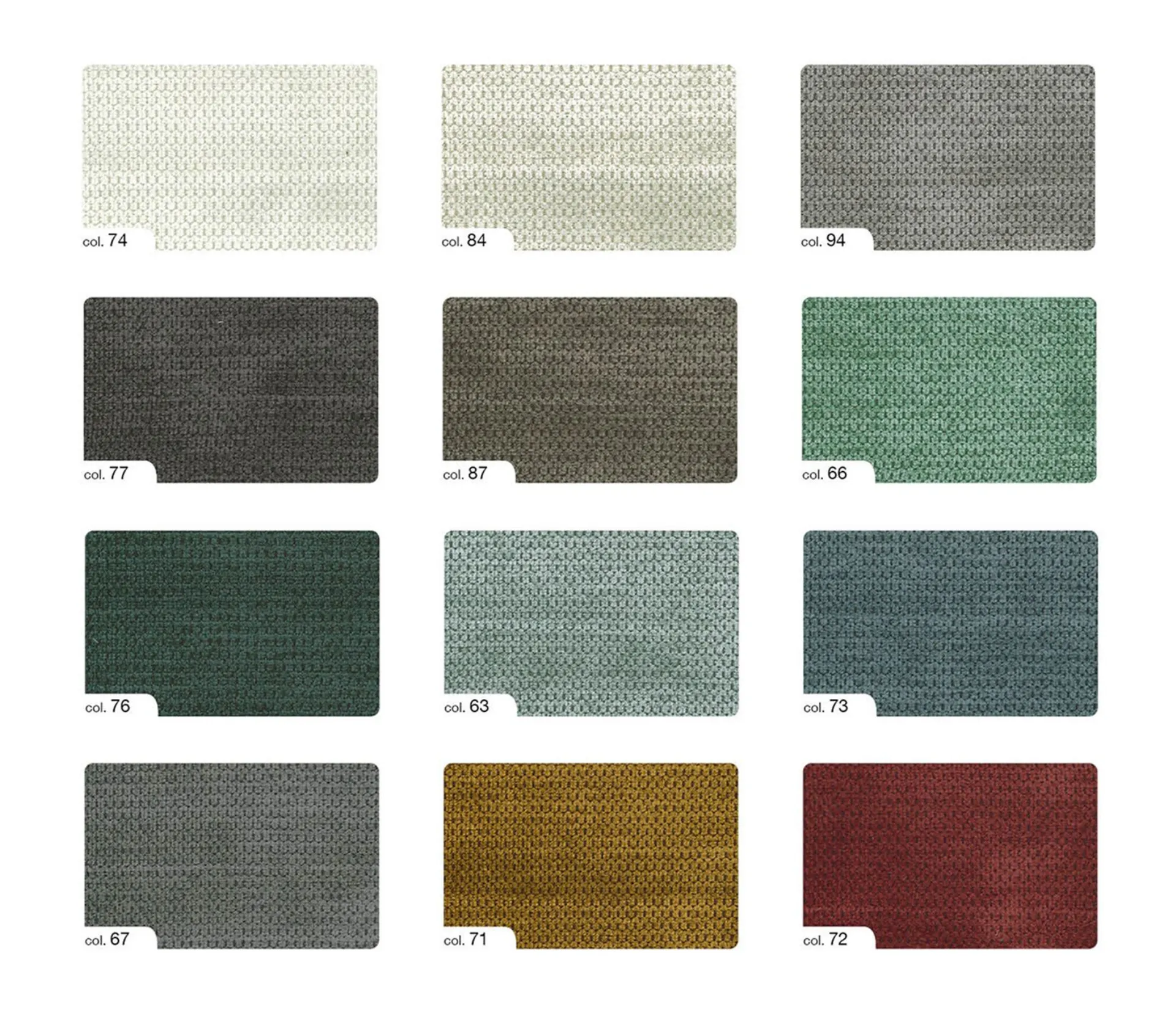
Corin
Composizione: 100% PL
Peso al mtl: 448 gr.
Martindale: 100.000 giri
Altezza: cm. 140
Idrorepellente lavabile in acqua a 30°
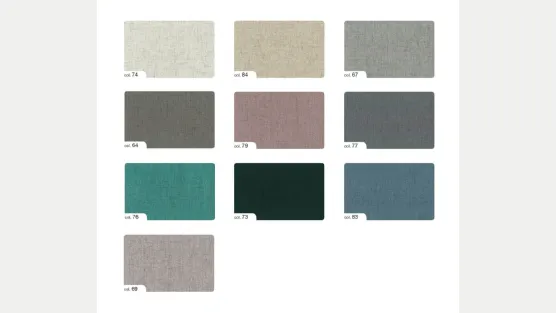
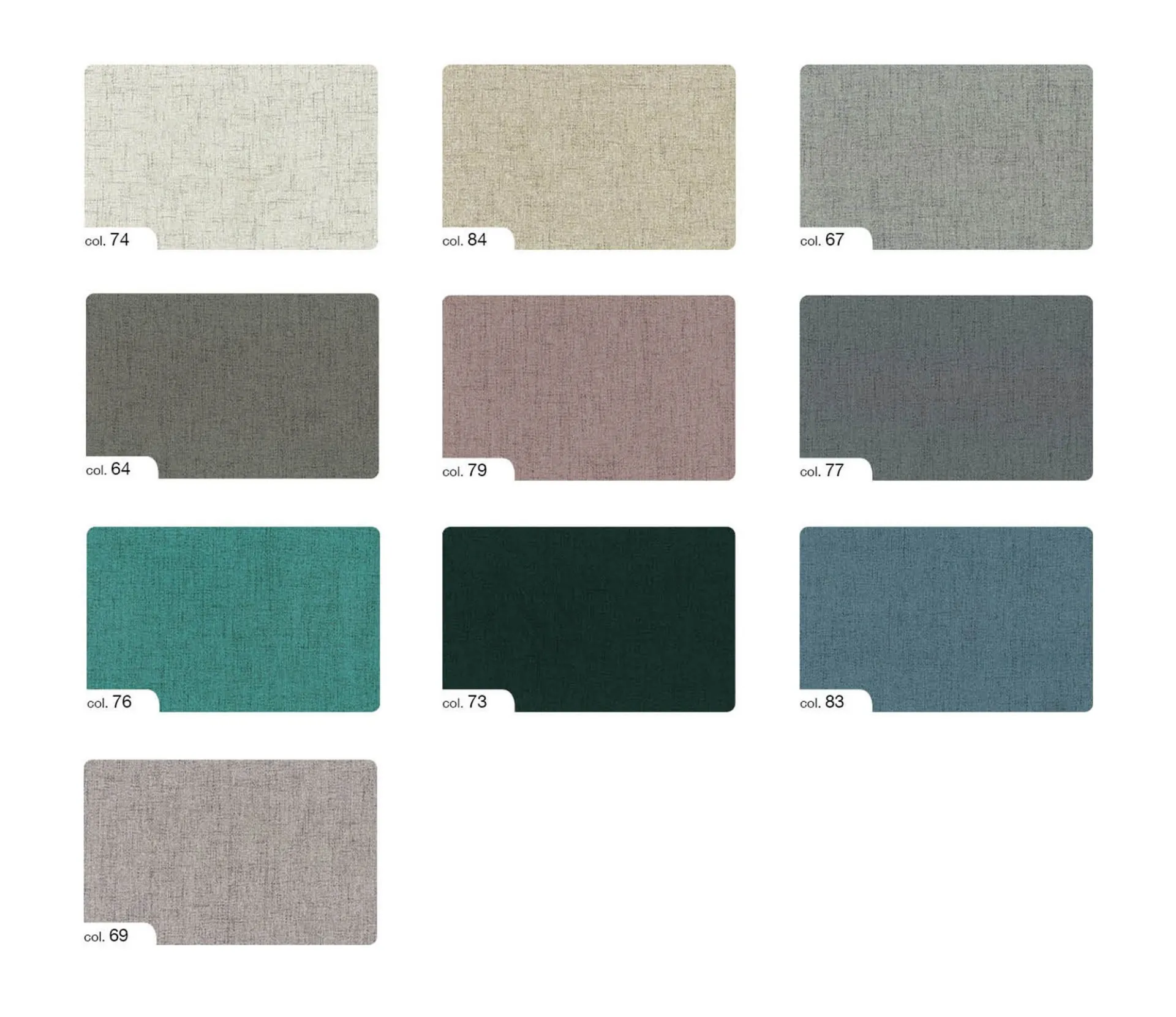
Dalila
Composizione:
Melange: 100% PL
Velluto: 100% PL
Peso al mtl:
Melange: 295 gr.
Velluto: 602 gr.
Martindale:
Melange: 60.000 giri
Velluto: 100.000 giri
Altezza: cm. 140
Idrorepellente lavabile in acqua a 30°
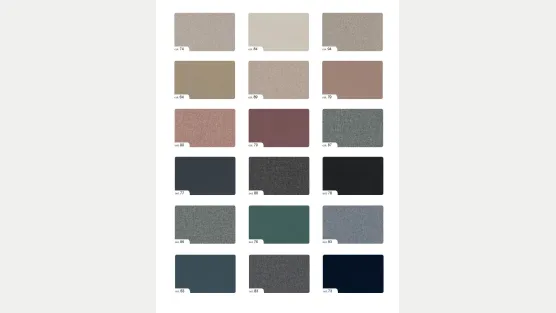
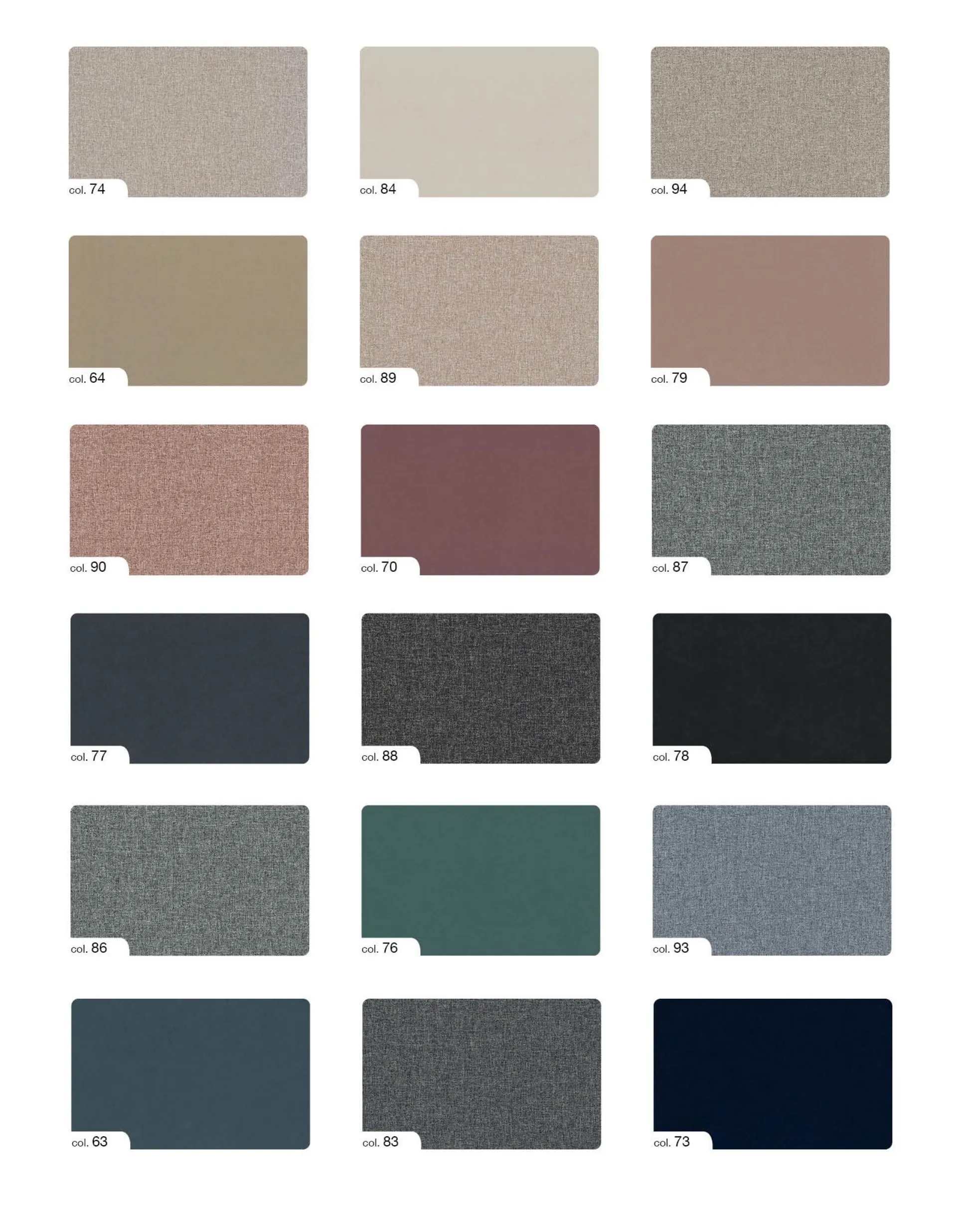
Darlin
Composizione:
Unito: 100% PL
Strutturato: 100% PL
Fiammato: 100% PL
Peso al mtl:
Unito: 420 gr.
Strutturato: 560 gr.
Fiammato: 650 gr.
Martindale:
Unito: 35.000 giri
Strutturato: 50.000 giri
Fiammato: 50.000 giri
Altezza: cm. 140
Idrorepellente lavabile in acqua a 30°
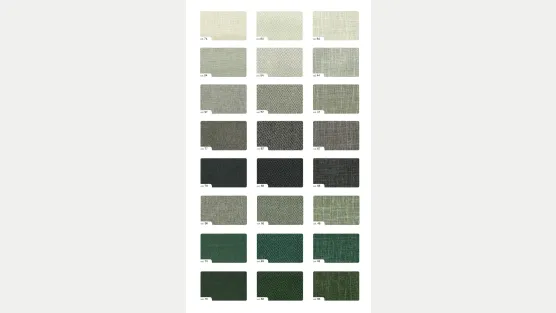
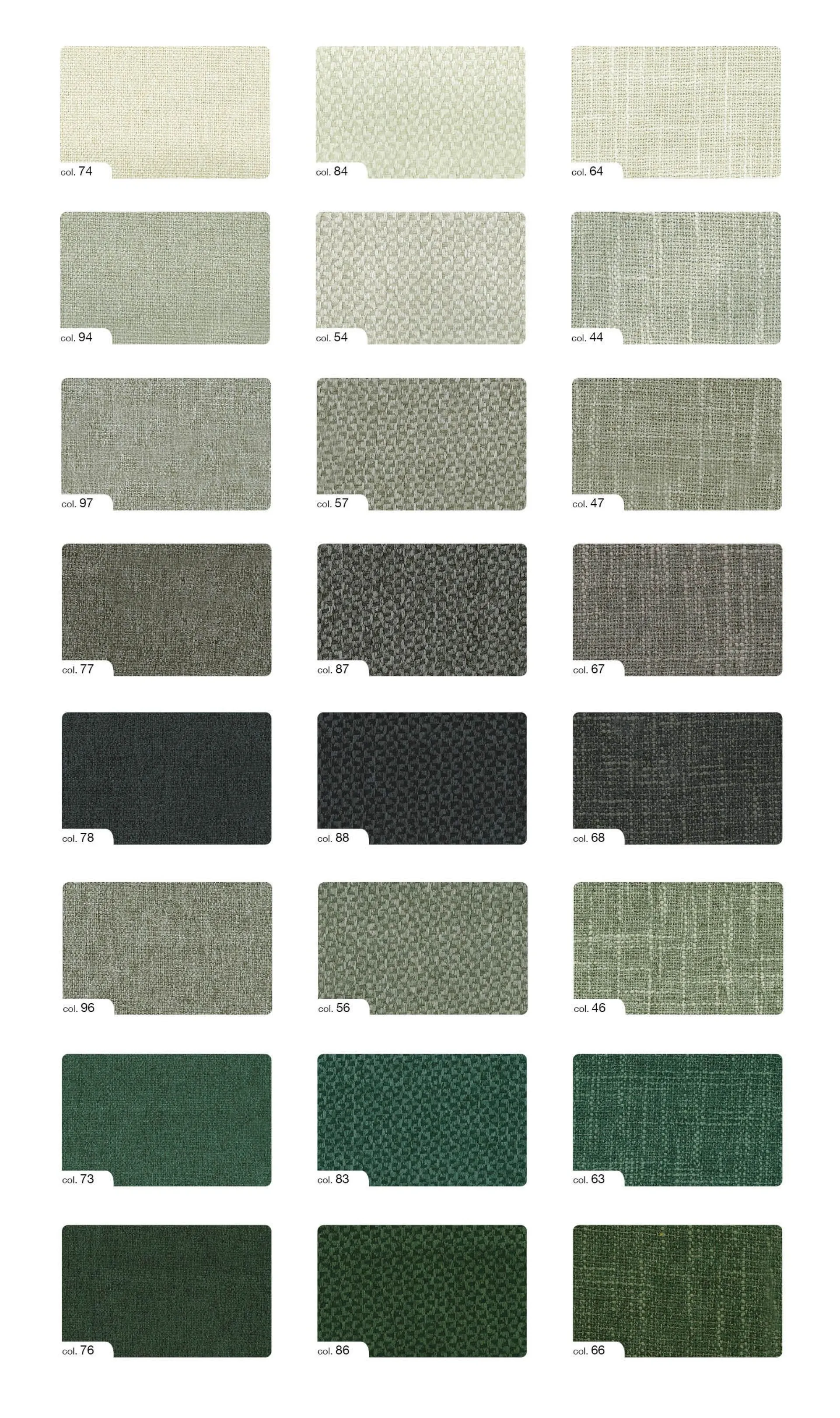
Denim
Peso al mtl: 450 gr
Martindale: 24.000 giri
Altezza: cm 140
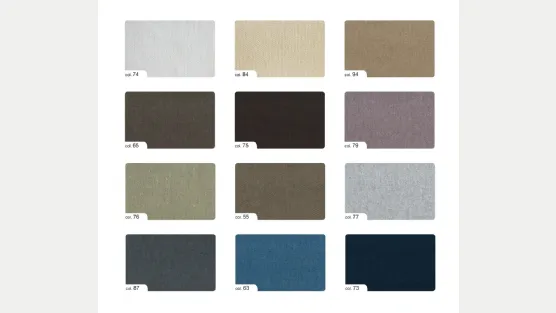
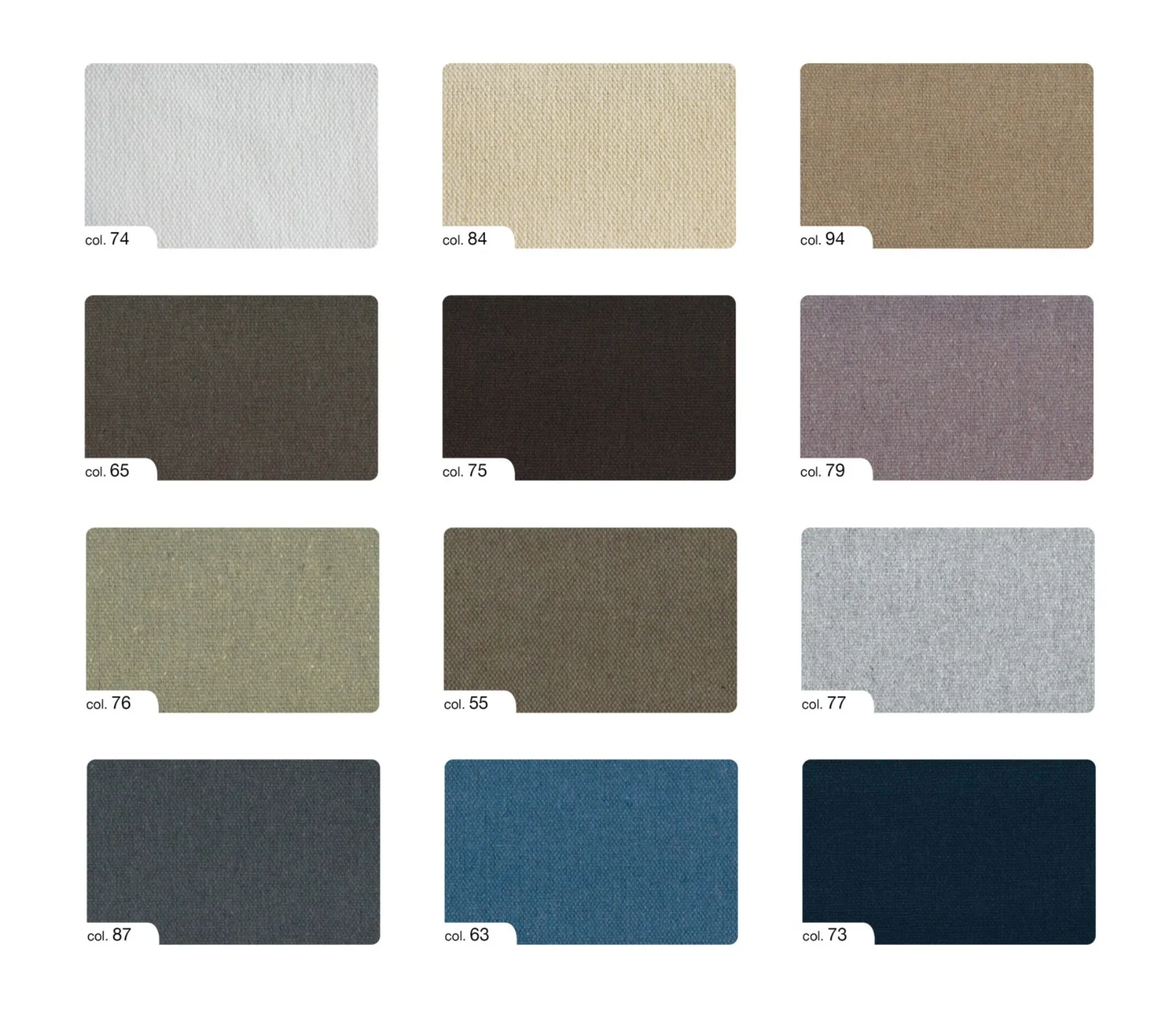
Dixi
Chevron: 100% PL
Puntinato: 86% PL 14% PA
Microfibra: 100% PL
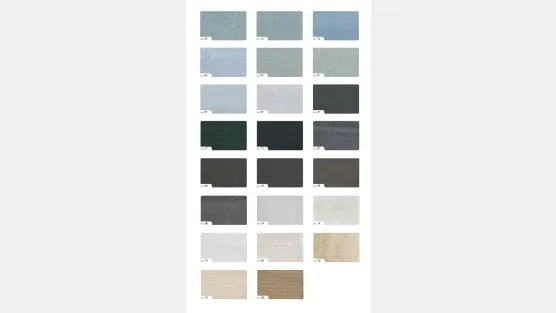
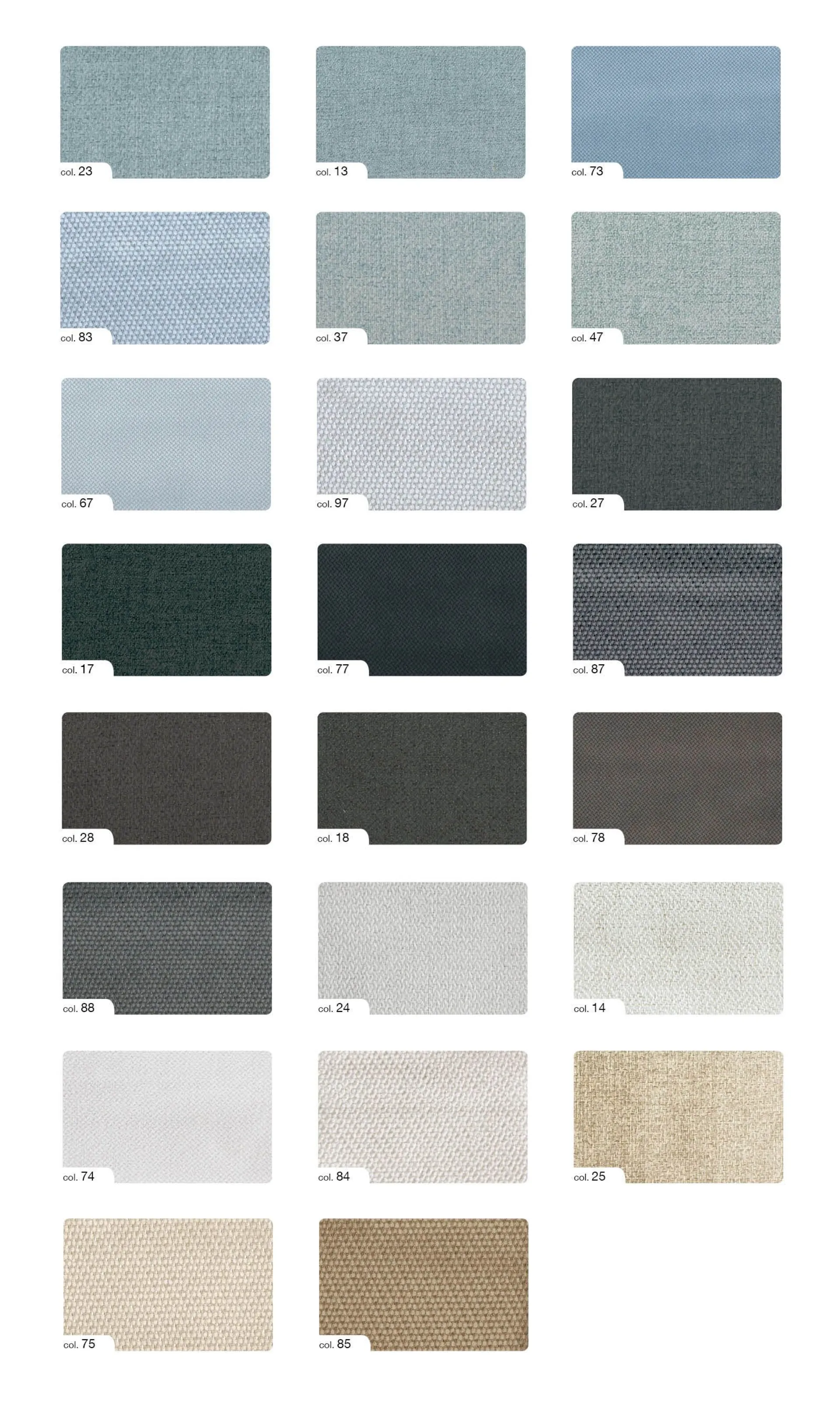
Elena
Unito velluto: 100% PL
Mélange strutt: 58% AC 42% PES
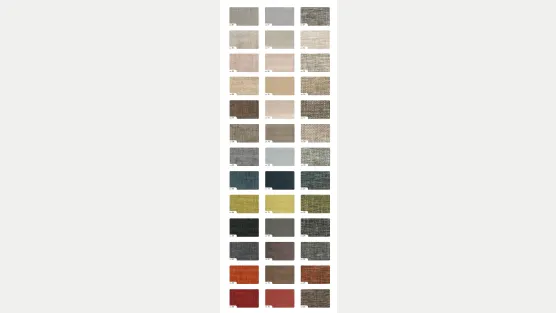
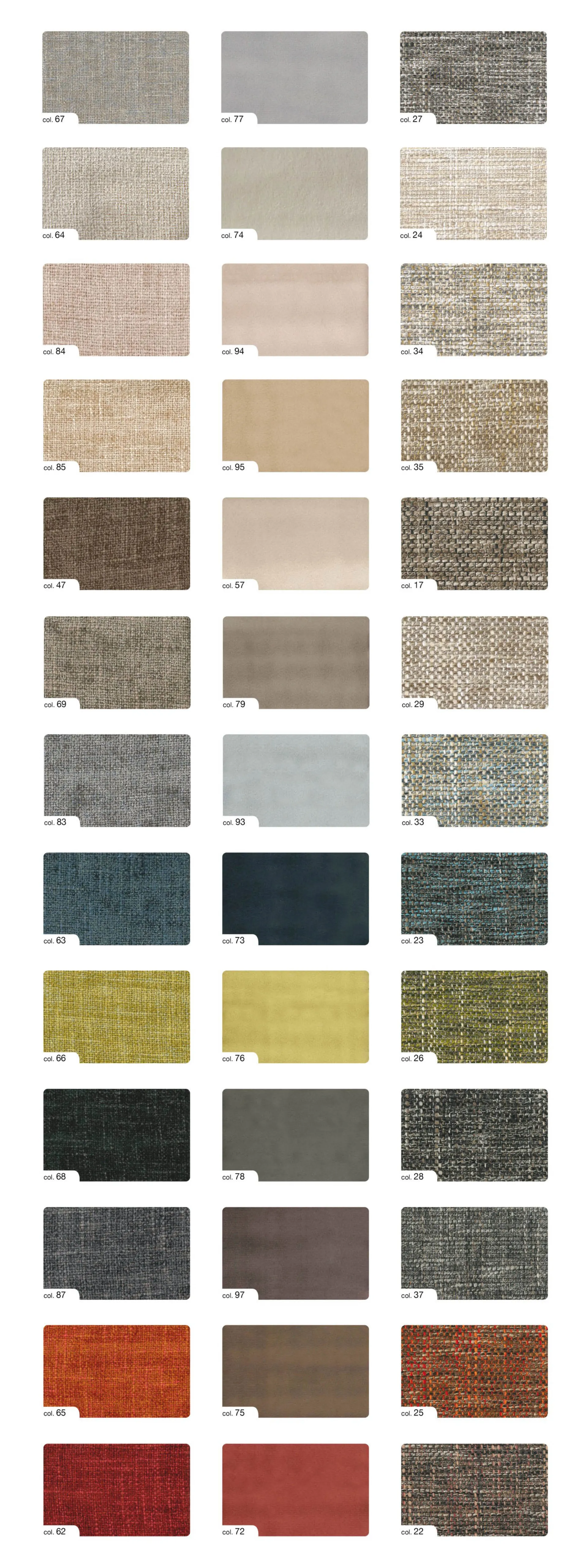
Ella
Composizione: 100% PL
Peso al mtl: 500 gr.
Martindale: 100.000 giri
Altezza: cm. 140
Idrorepellente lavabile in acqua a 30°
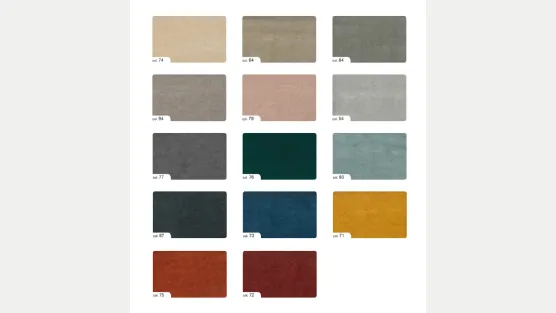
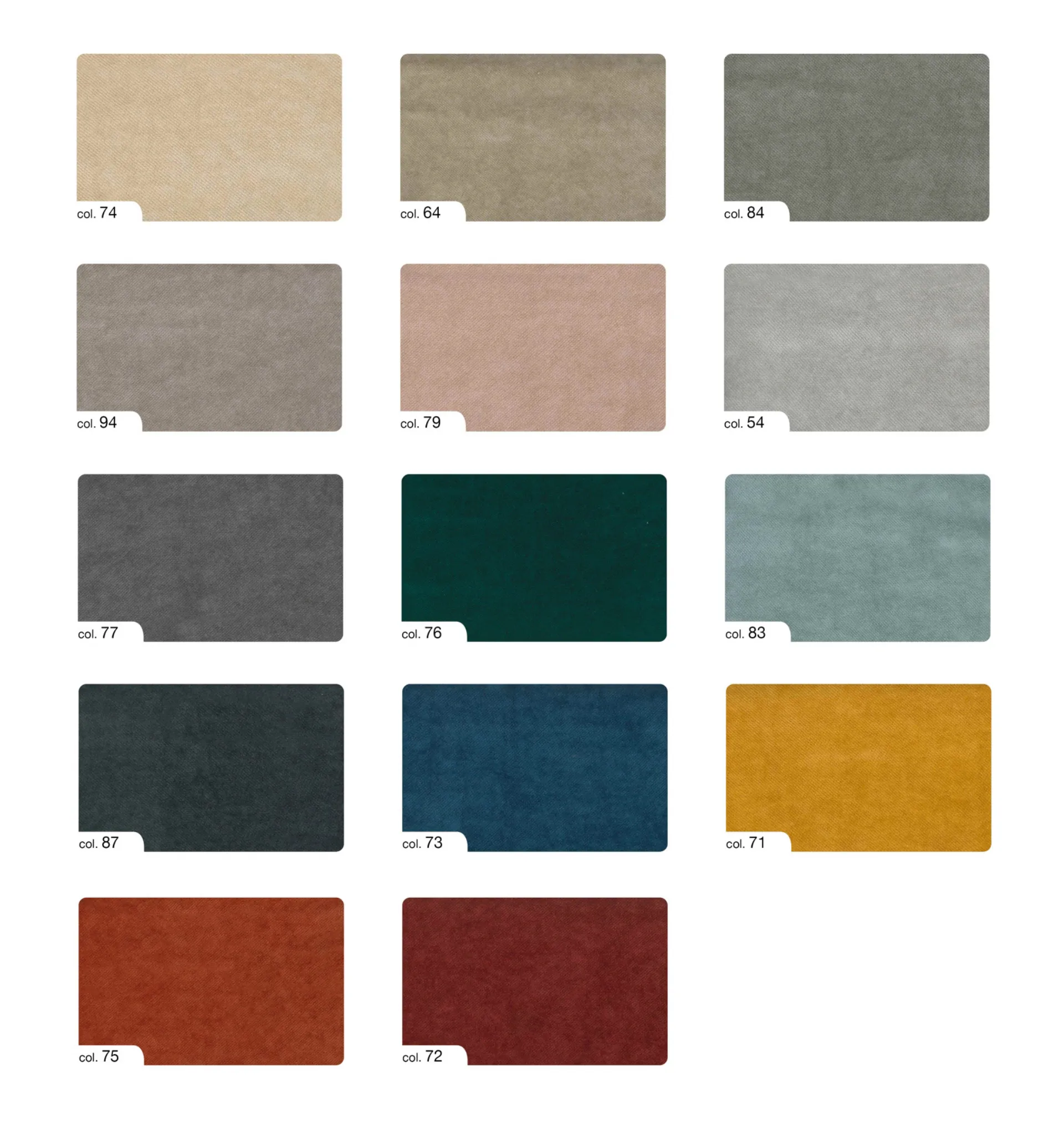
Elsa
Composizione:
Melange: 100% PL
Velluto: 100% PL
Peso al mtl:
Melange: 810 gr.
Velluto: 600 gr.
Martindale:
Melange: 75.000 giri
Velluto: 100.000 giri
Altezza: cm. 140
Idrorepellente lavabile in acqua a 30°
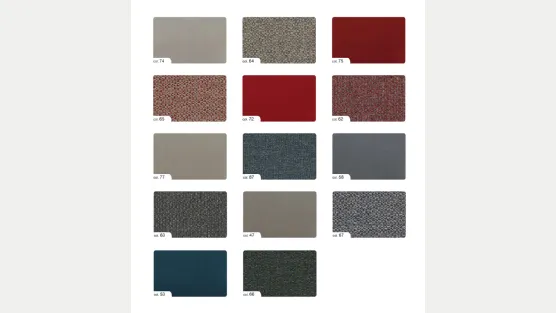
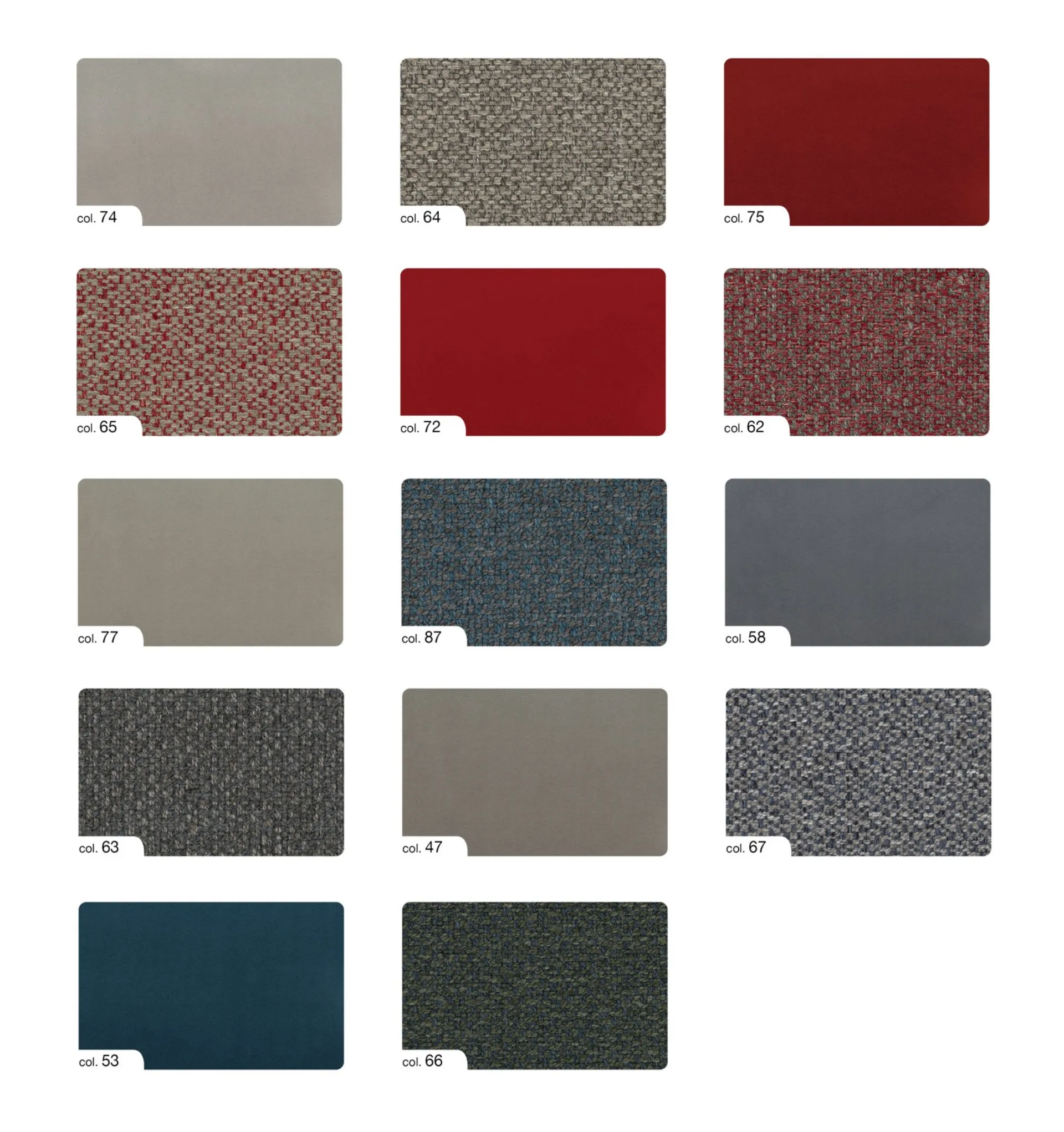
Emma
Composizione: 100% PL
Peso al mtl: 770 gr.
Martindale: 50.000 giri
Altezza: cm. 140
Idrorepellente, Smacchiabile e lavabile in acqua a 40°
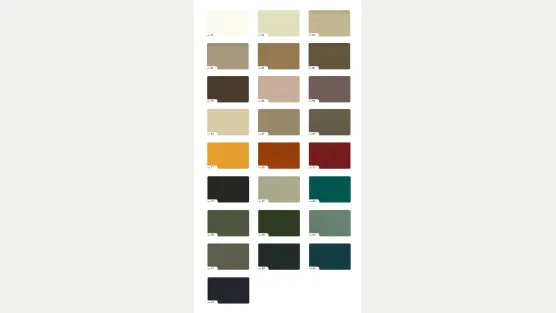
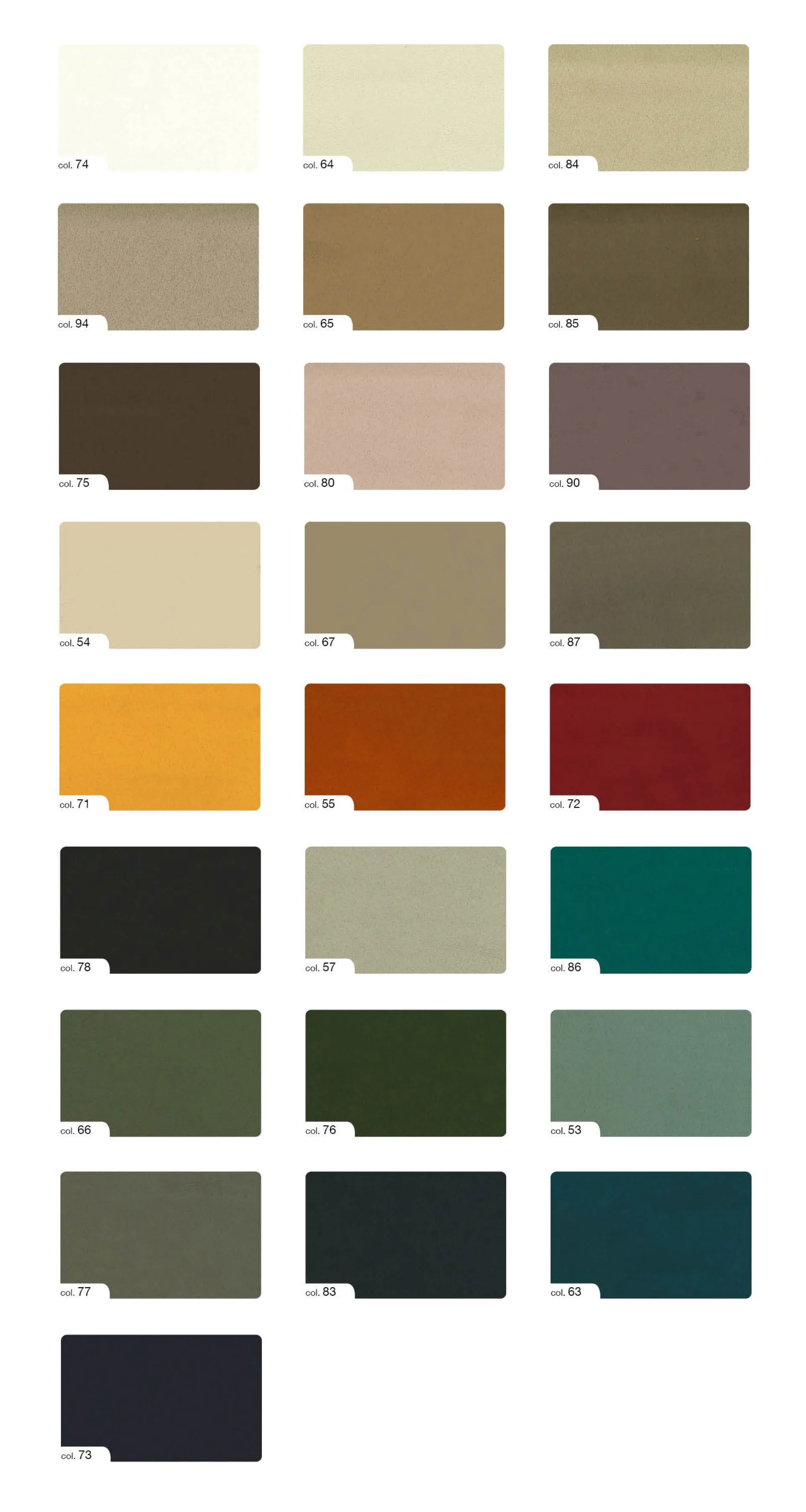
Erika
Peso al mtl: 770 gr
Martindale: 30.000 giri
Altezza: cm 140
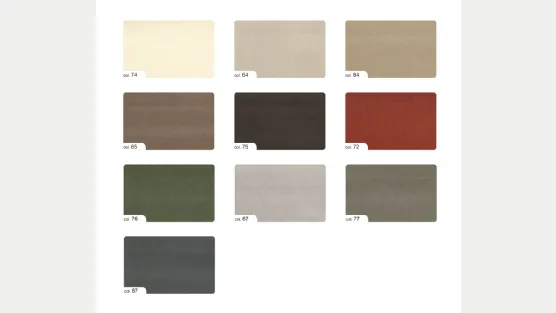
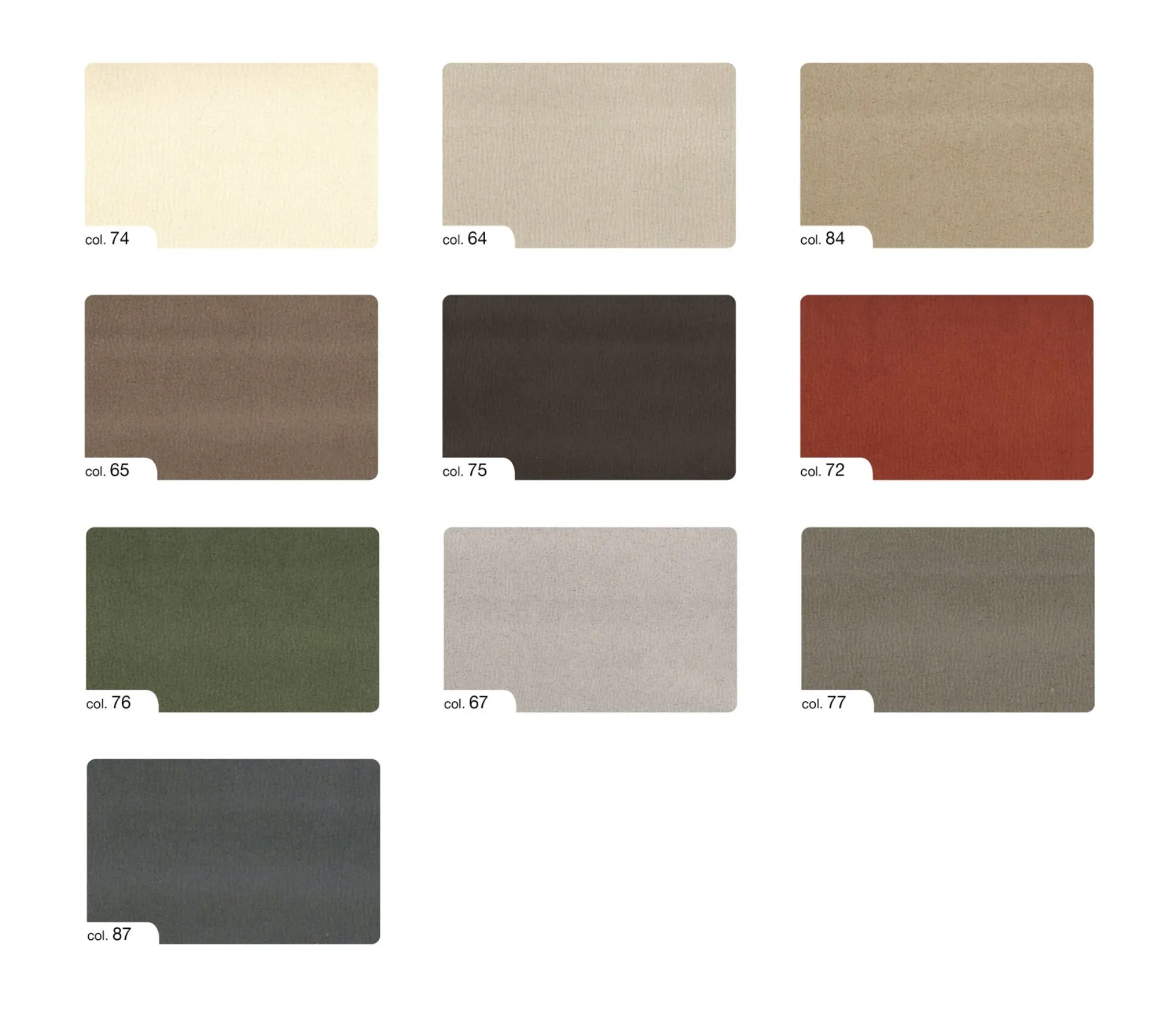
Etel
Composizione: 71% PVC - 14% CO - 9% PU
Peso al mtl: 812 gr.
Martindale: 100.000 giri
Altezza: cm. 140
Similpelle Ignifuga e Antibatterica
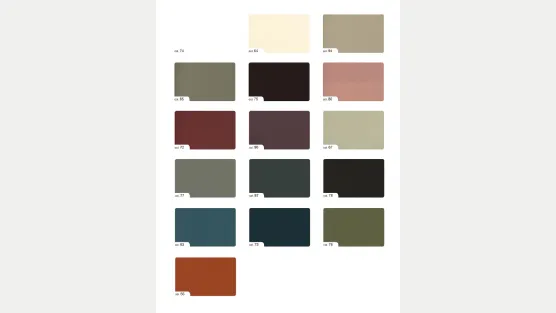
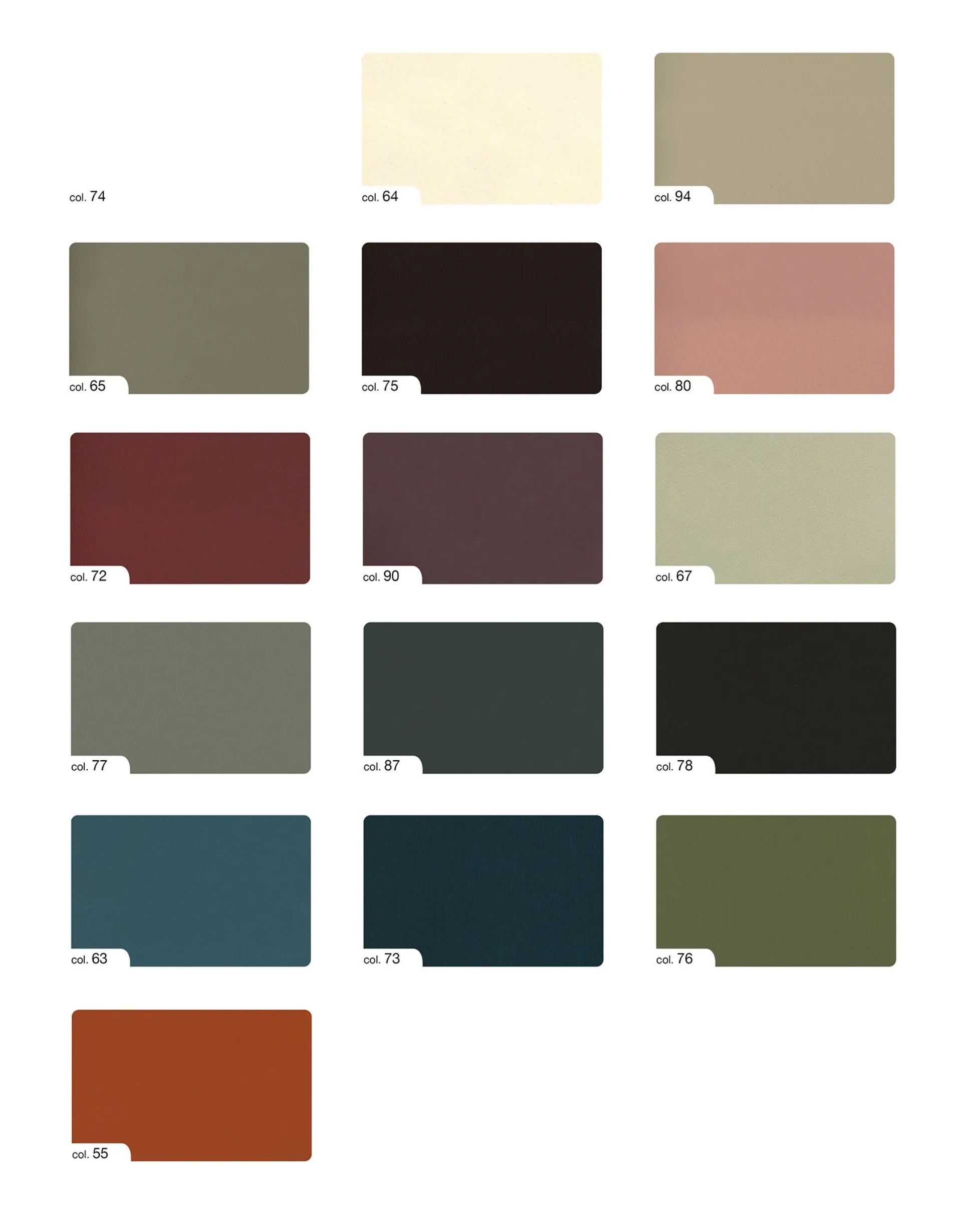
Fay
Peso al mtl: 640 gr
Martindale: 18.000 giri
Altezza: cm 140
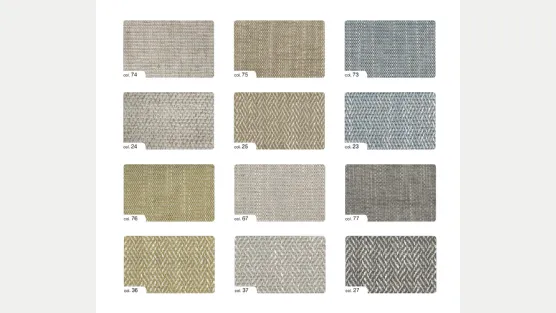
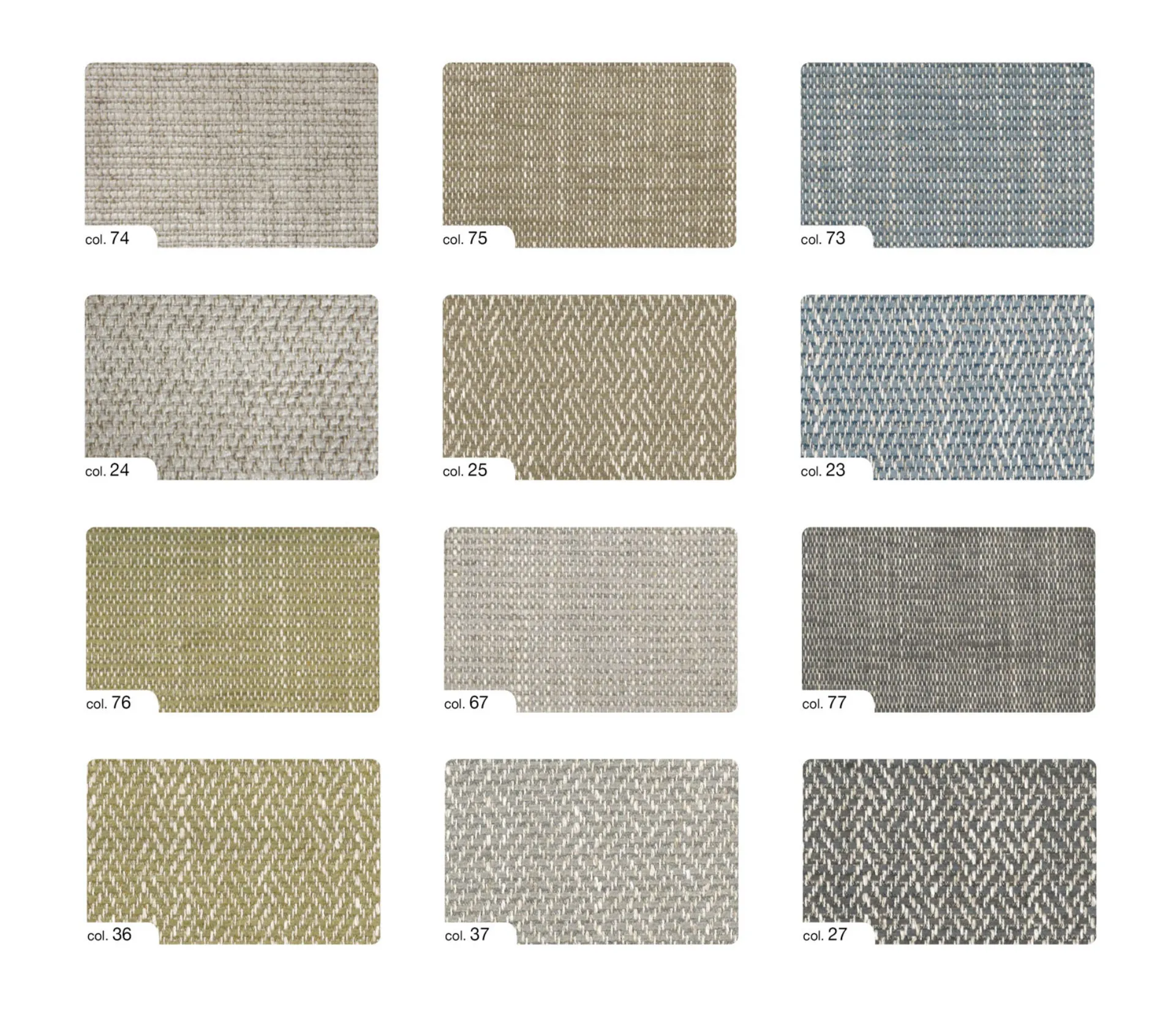
Fiona
Composizione:
Unito: 95% PL 5%PU
Melange: 100% PL
Bouclé: 100% PL
Peso al mtl:
Unito: 640 gr.
Melange: 730 gr.
Bouclé: 910 gr.
Martindale:
Unito: 50.000 giri
Melange: 70.000 giri
Bouclé: 35.000 giri
Altezza: cm. 140
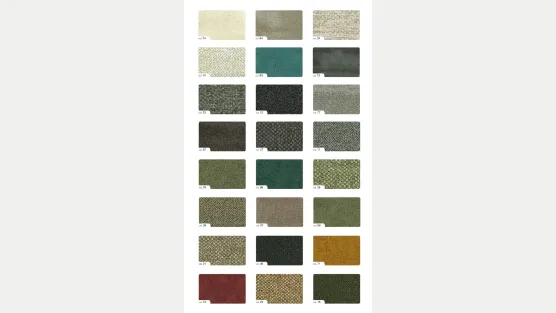
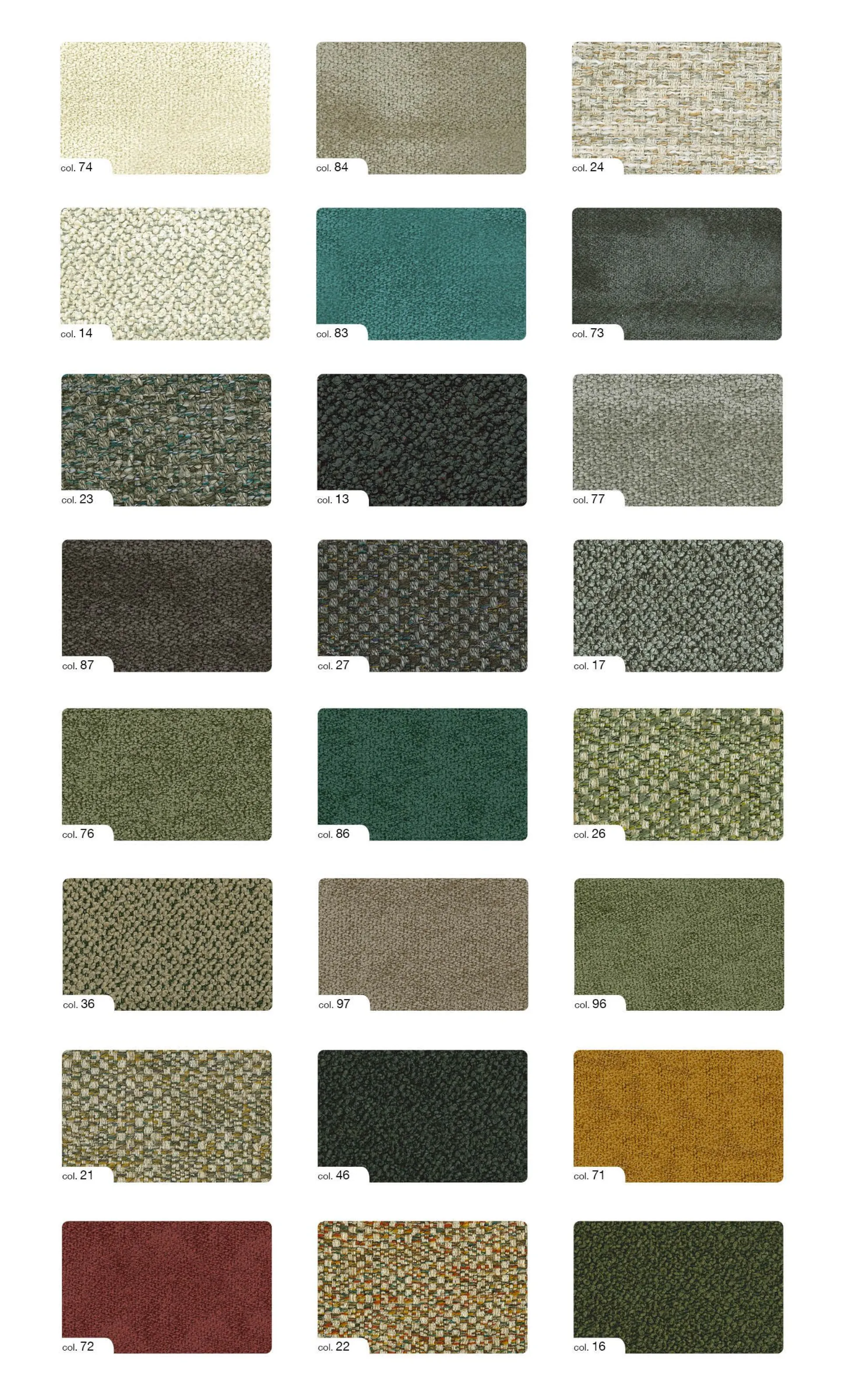
Galia
Melange: 66% PC - 34% PL
Unito: 63% PC - 34% PL
Fiori: 100% PL
Fantasia: 49% PL - 40% PC - 11% VI
Tessuto Idrorepellente lavabile in acqua a 30°
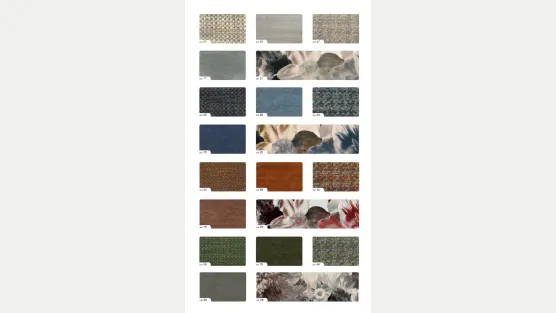
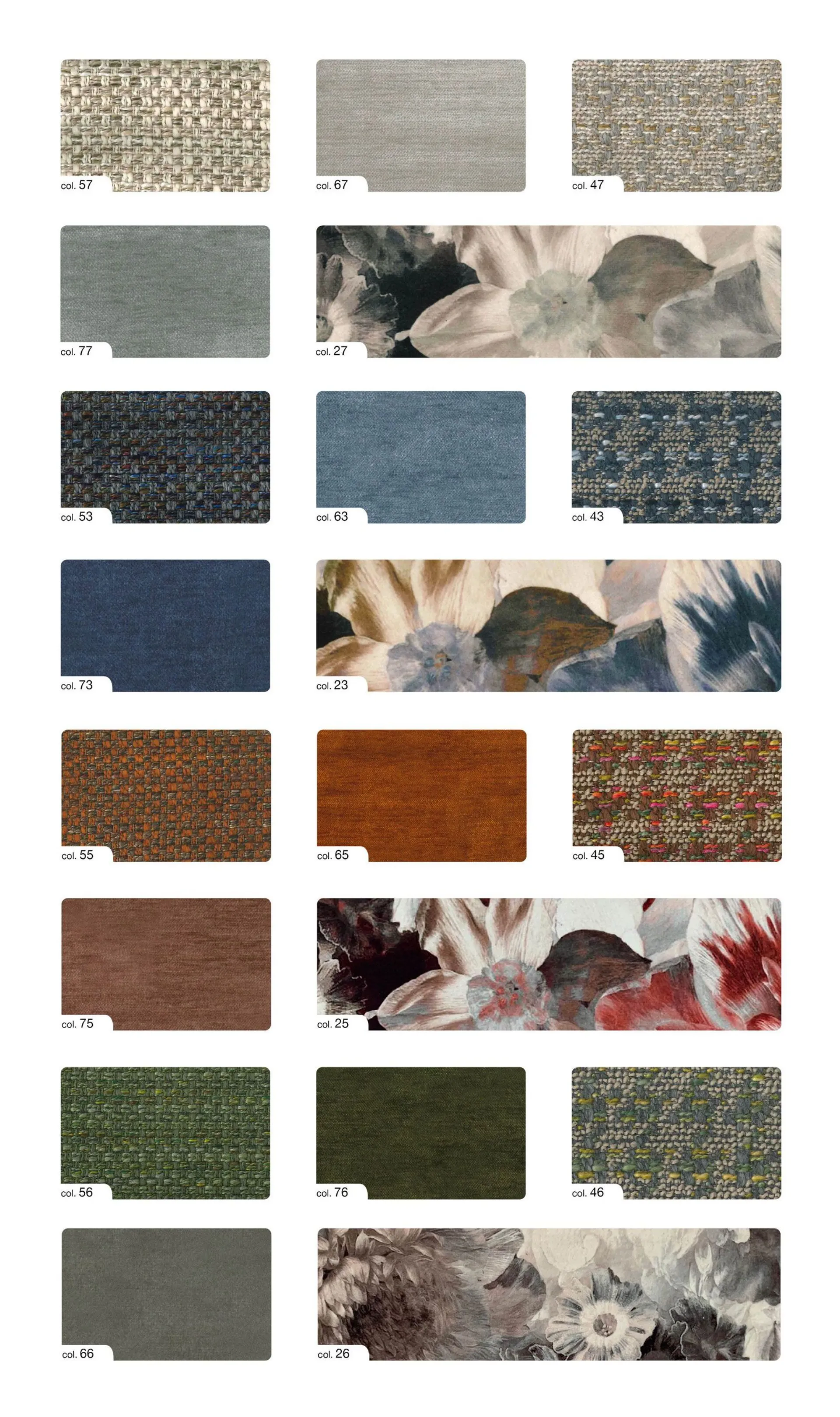
Giulia
Melange: 43% PC 31% PL 16% LI 10% CO
Velluto: 100% PL
Tessuto lavabile in acqua a 30°, il velluto non è lavabile a secco
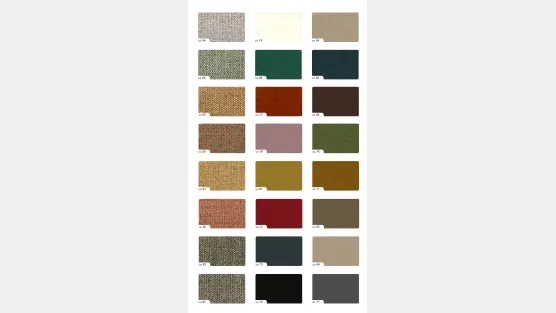
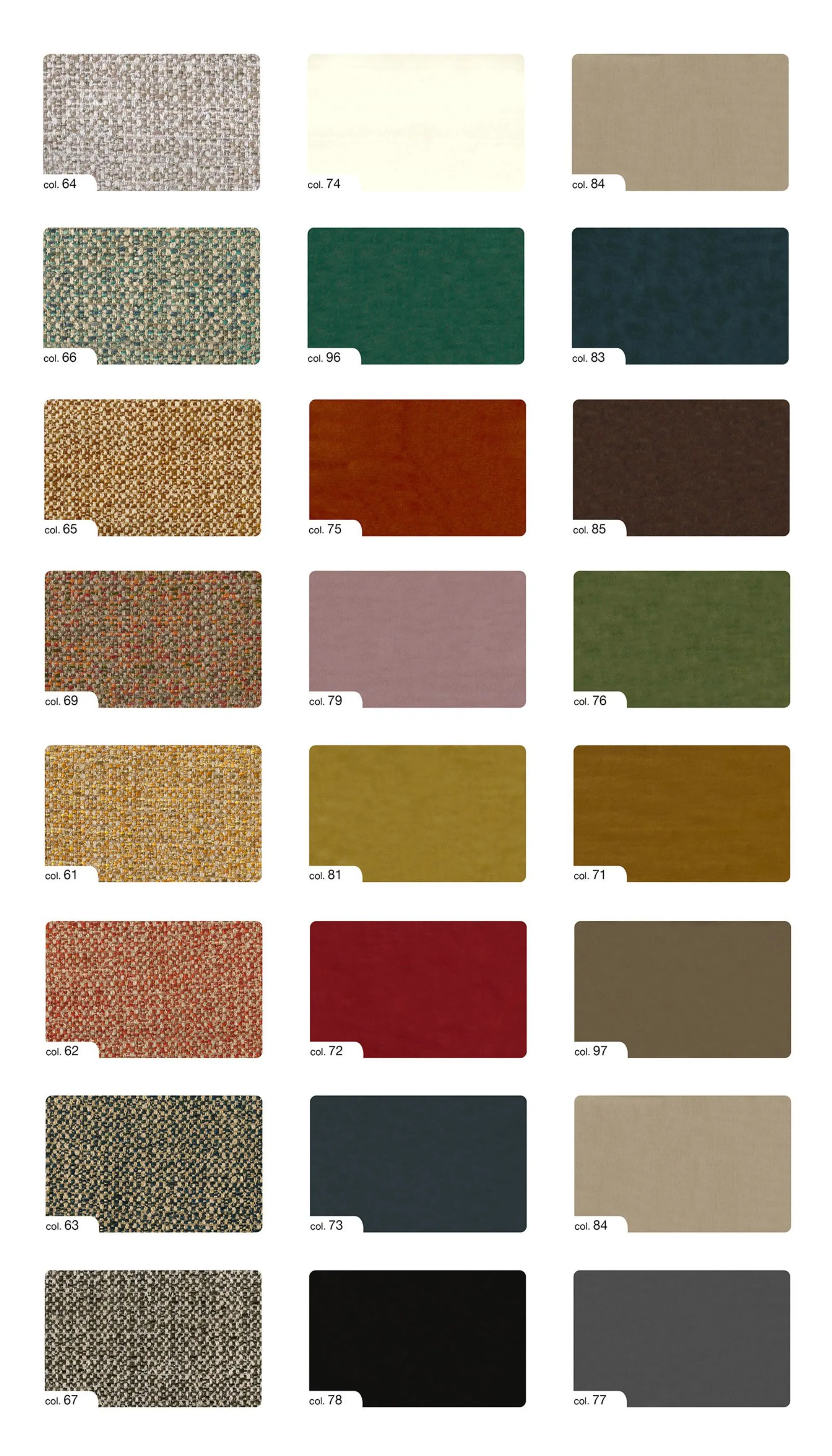
Godiva
Bouclé: 47% PC 22% PL 20% CO 11% VI
Unito: 100% CO
Mulitcolor:36% CO 22% PL 26% PC 6% VI
Tessuto lavabile in acqua a 30°, tranne la variante multicolor lavabile esclusivamente a secco.
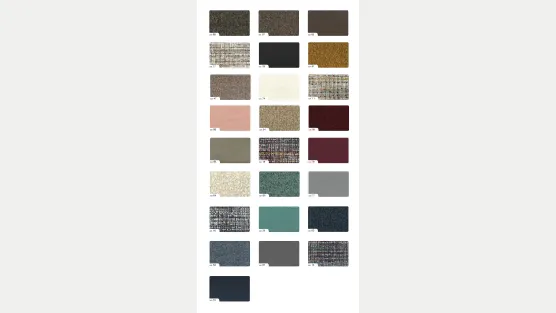
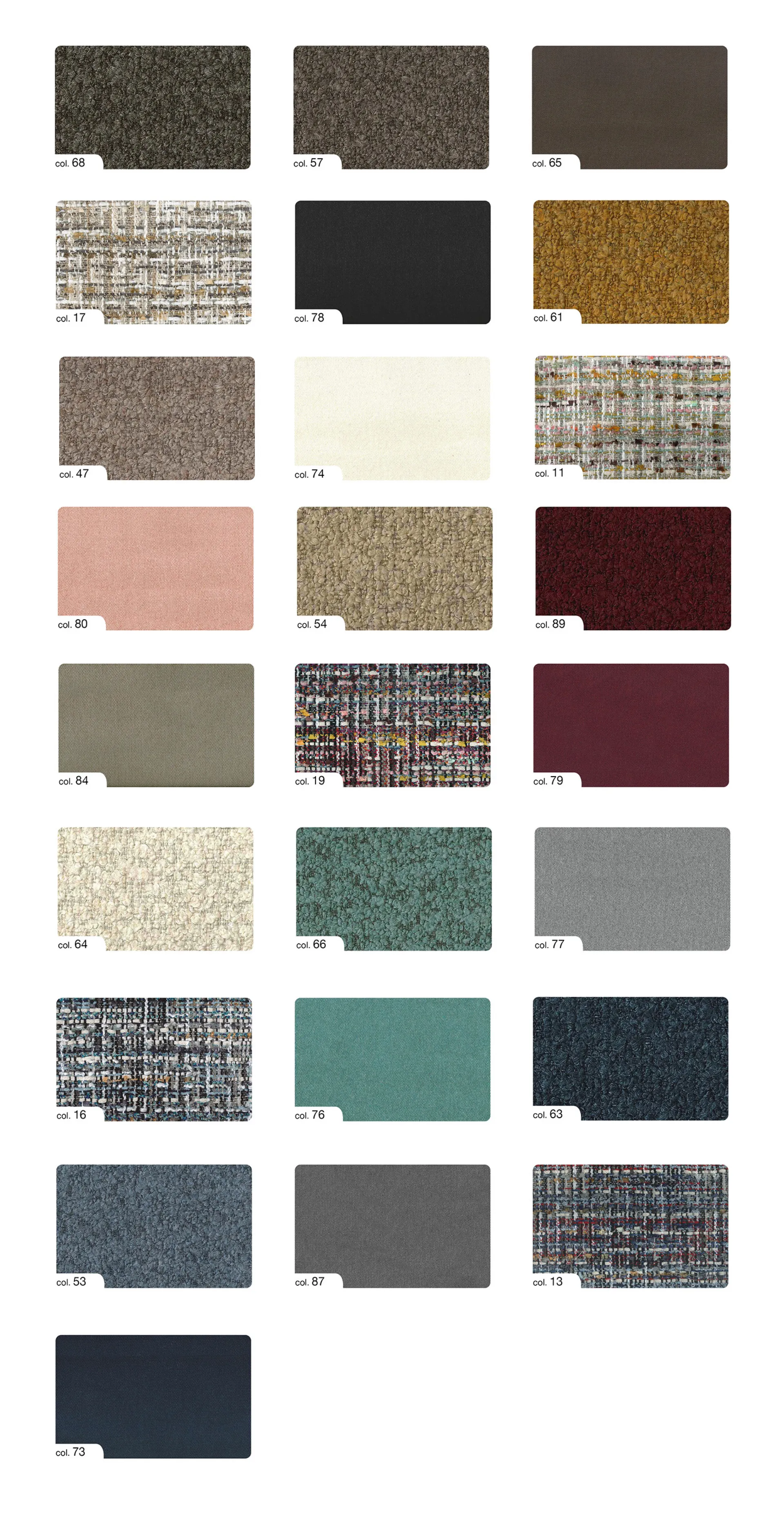
Gretel
Pied de poule: 53% CO - 22% VI - 12% LI - 11% PC - 2% PL
Melange: 55% VI - 25% LI - 15% CO - 5% AF
Rigato: 53% CO - 22% VI - 12% LI - 11% PC - 2% PL
Unito: 80% CO GRS - 6% WO - 6% VI - 5% PA - 3% SE
Fantasia: 53% CO - 22% VI - 12% LI - 11% PC - 2%PL
Tessuto lavabile esclusivamente a secco
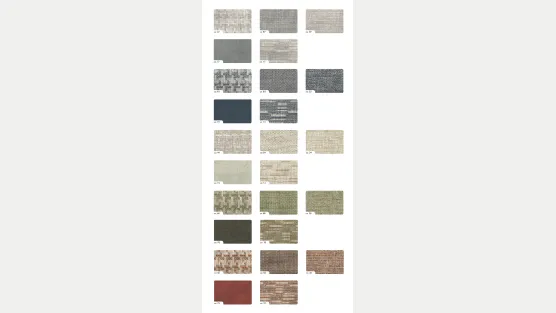
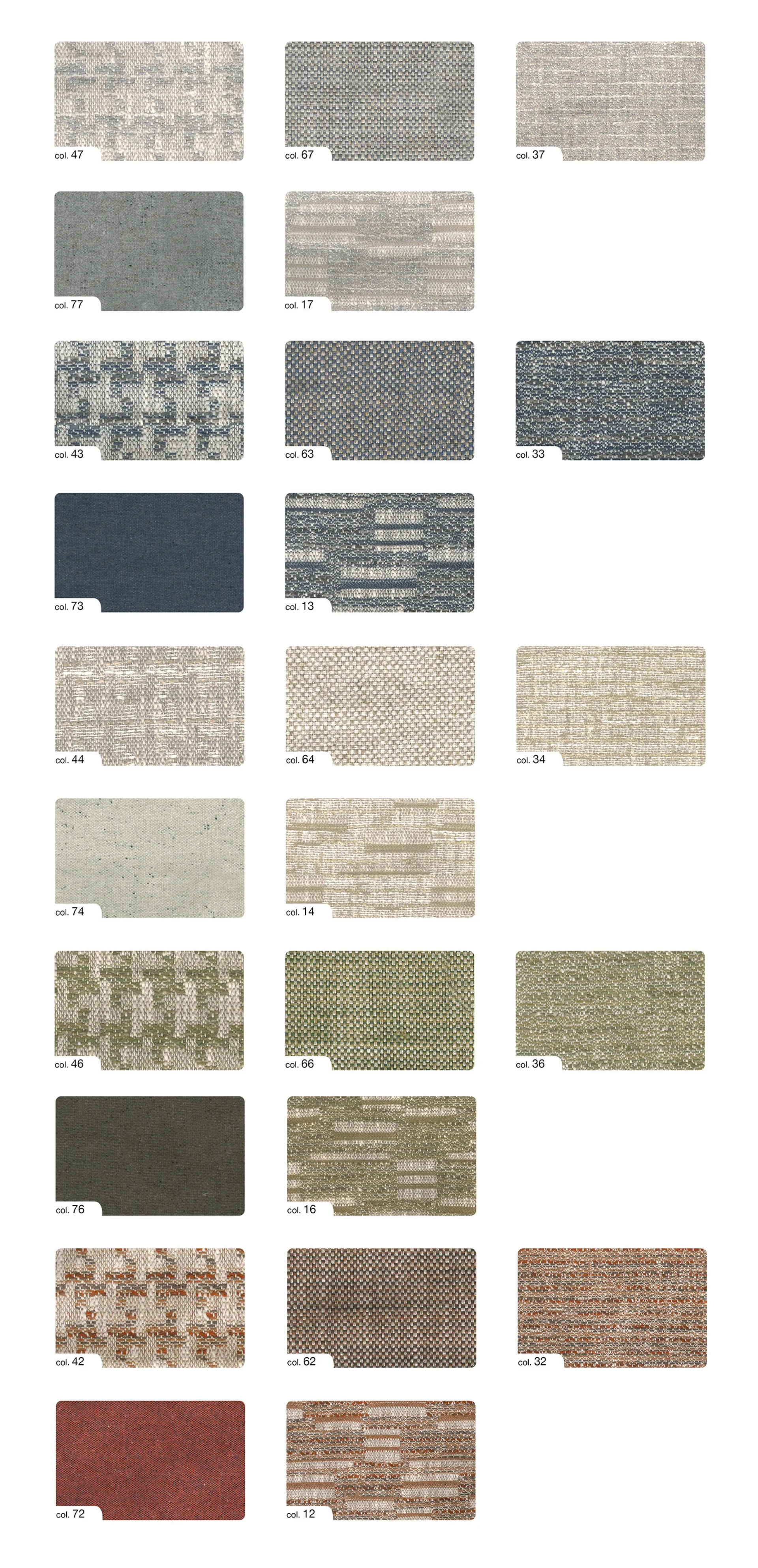
Pamela
Concia: Ai sali di cromo
Tintura: All’acqua con coloranti azoici
Spessore: 1,2/1,4 mm
Tipologia: Mezzo fiore stampato
Rifinizione: Pigmenti all’acqua
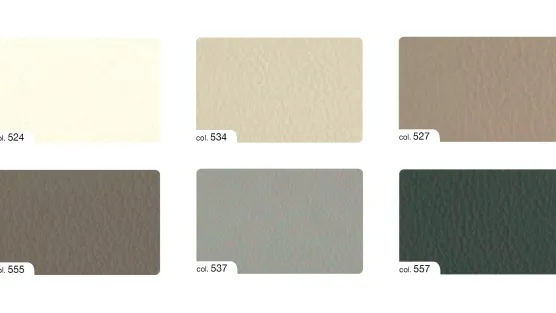
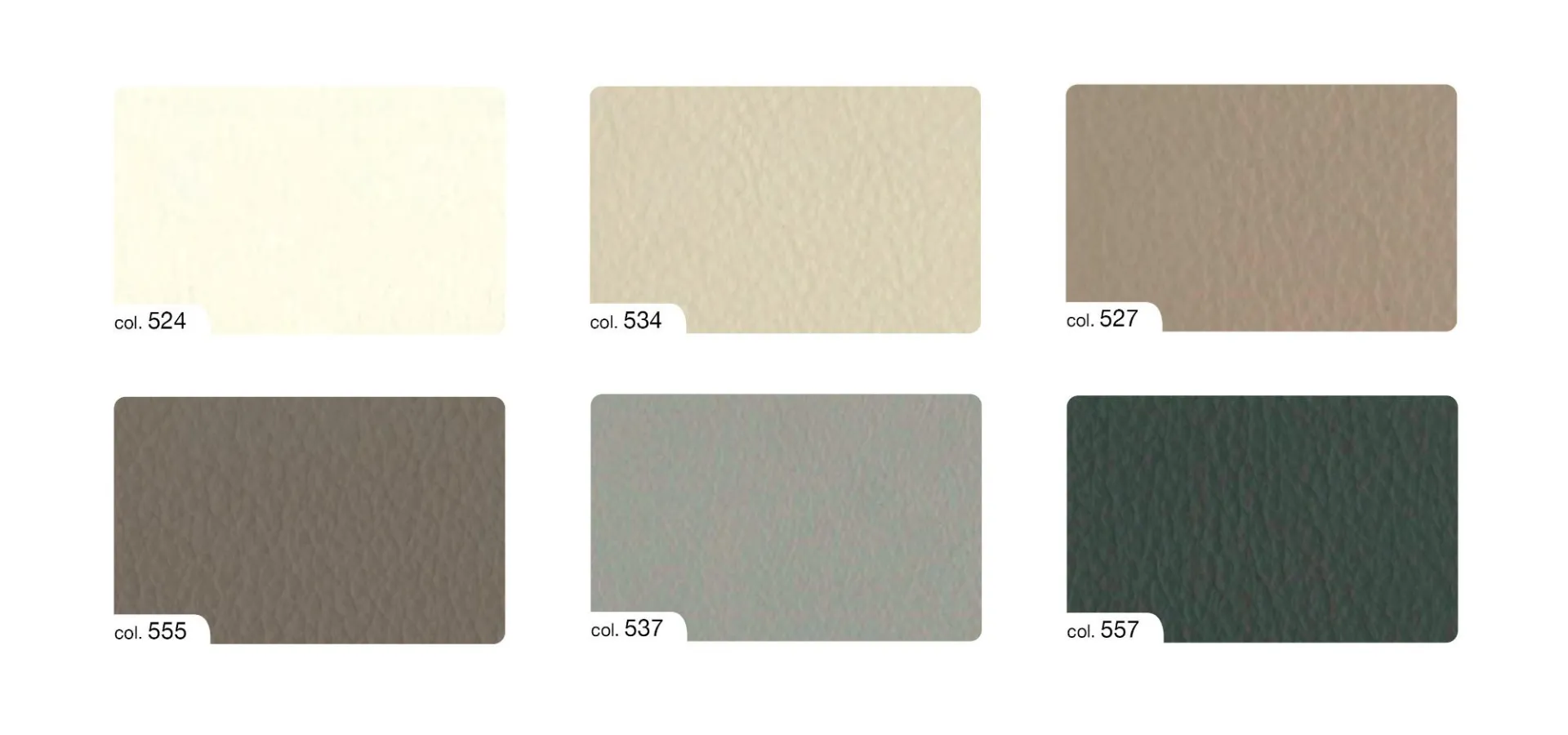
Scarlet
Concia: Al cromo
Tintura: All’anilina passante in botte
Spessore: 0,9/1,1 mm
Tipologia: Mezzo fiore a grana naturale
Rifinizione: Con resine e pigmenti
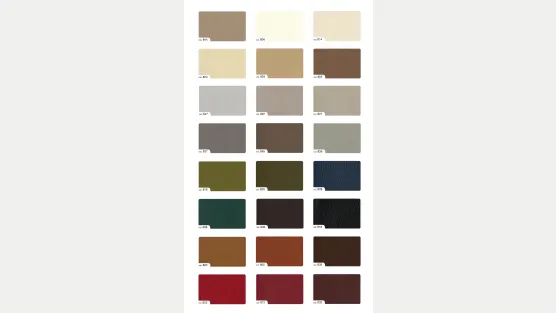
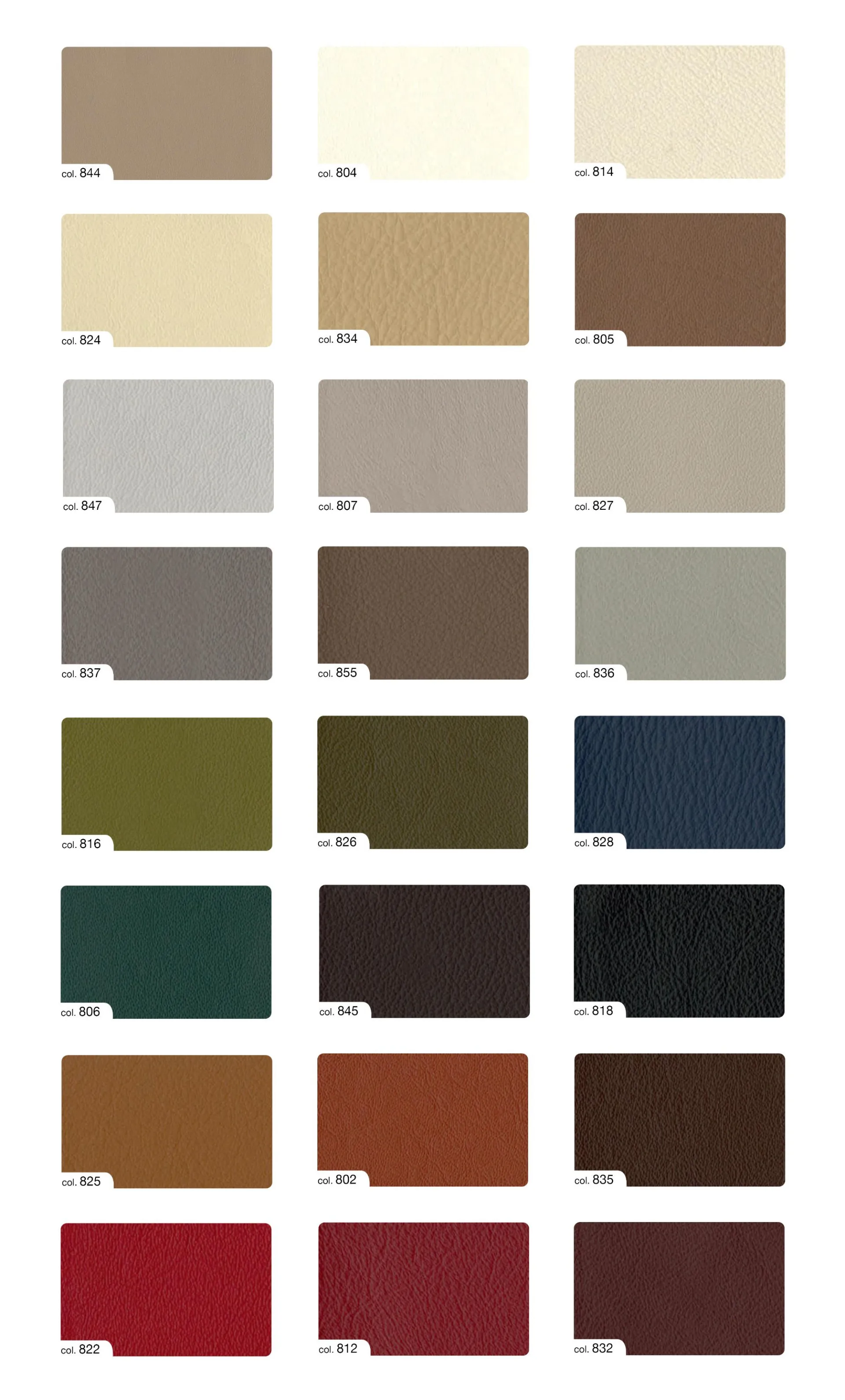
Selene
Concia: Al cromo
Tintura: All’acqua con coloranti azoici
Spessore: 1,6/1,8 mm
Tipologia: Mezzo fiore stampato
Rifinizione: Pigmenti all’acqua
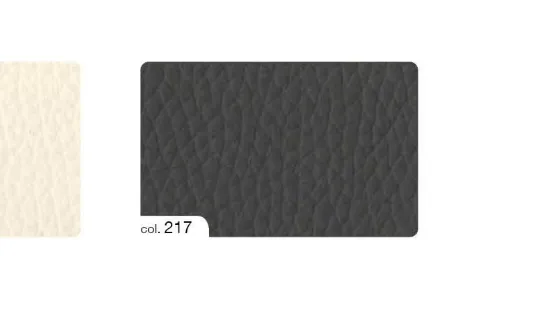

Softouch
Concia: Al cromo
Tintura: All’anilina passante in botte
Spessore: 1,4/1,6 mm
Tipologia: Pieno fiore pigmentato
Rifinizione: Con pigmenti e resine
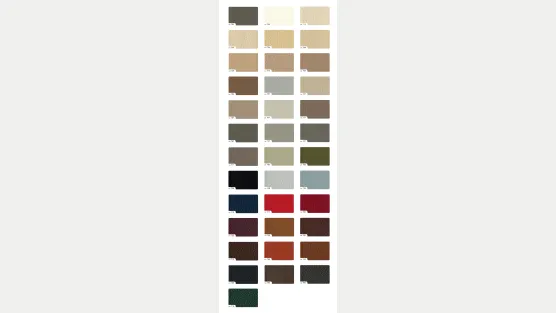
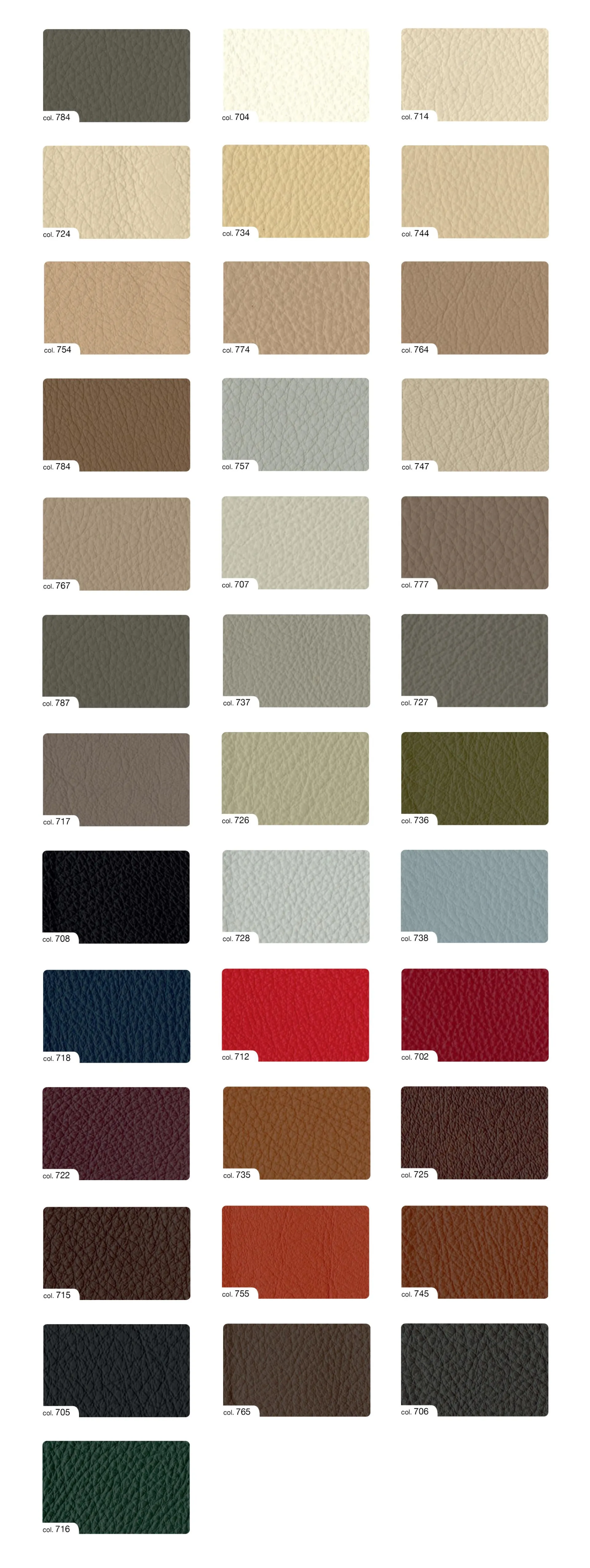
Stone
Concia: Al cromo
Tintura: All’anilina passante in botte
Spessore: 1,0 mm
Tipologia: Fiore leggermente corretto
Rifinizione: In soluzione acquosa
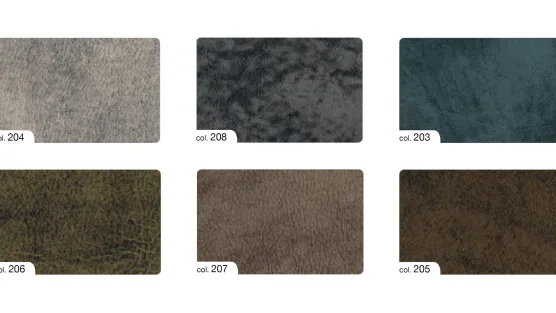
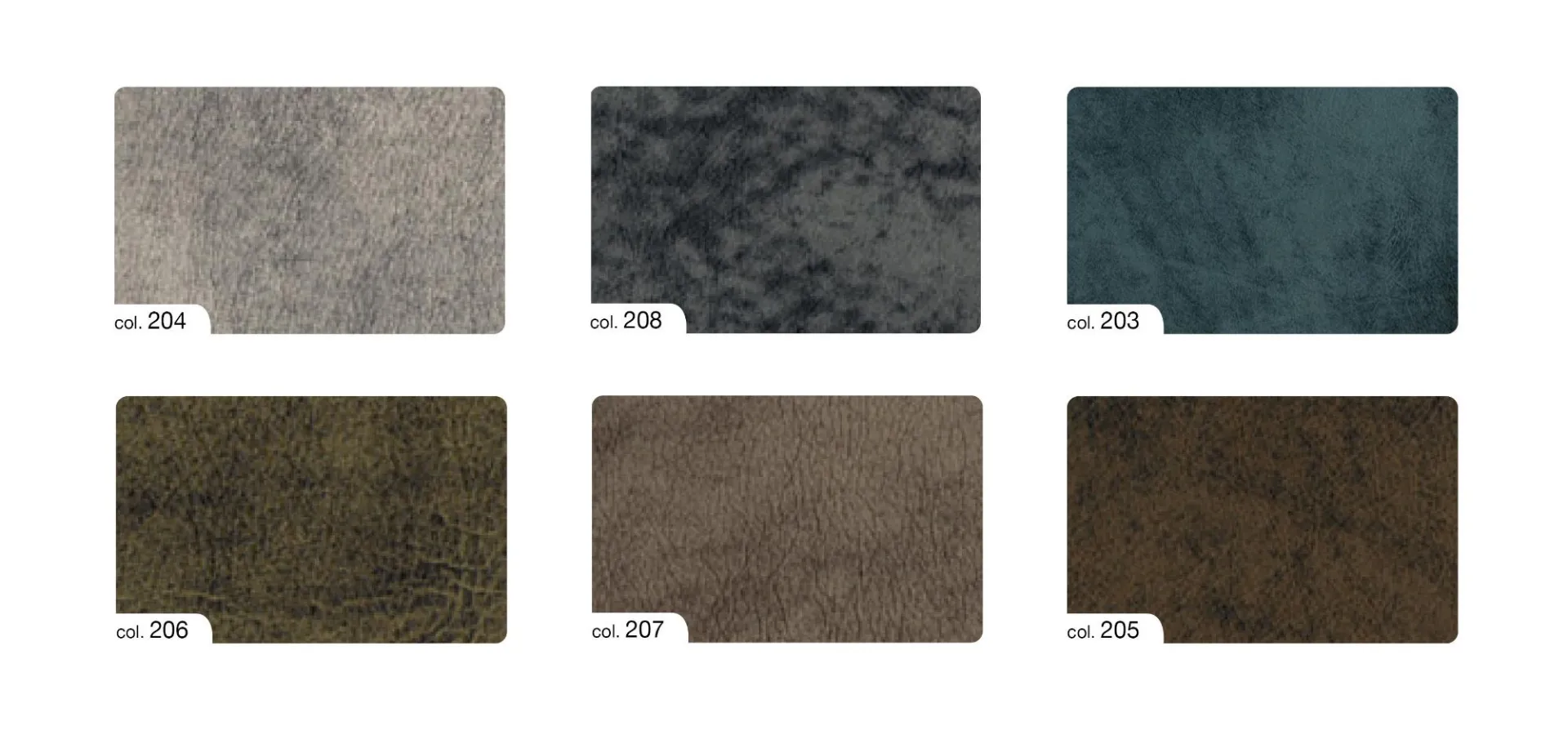
Ulissa
Concia: Al cromo
Tintura: All’anilina passante in botte
Spessore: 1,3/1,5 mm
Tipologia: Nabuck
Rifinizione: In soluzione acquosa
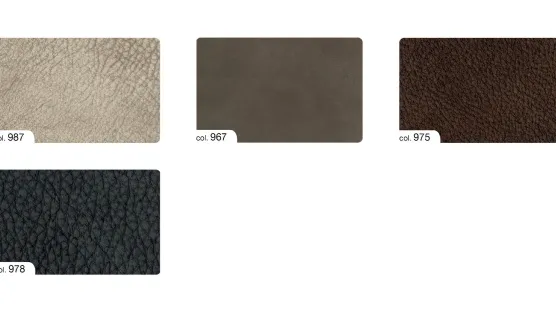
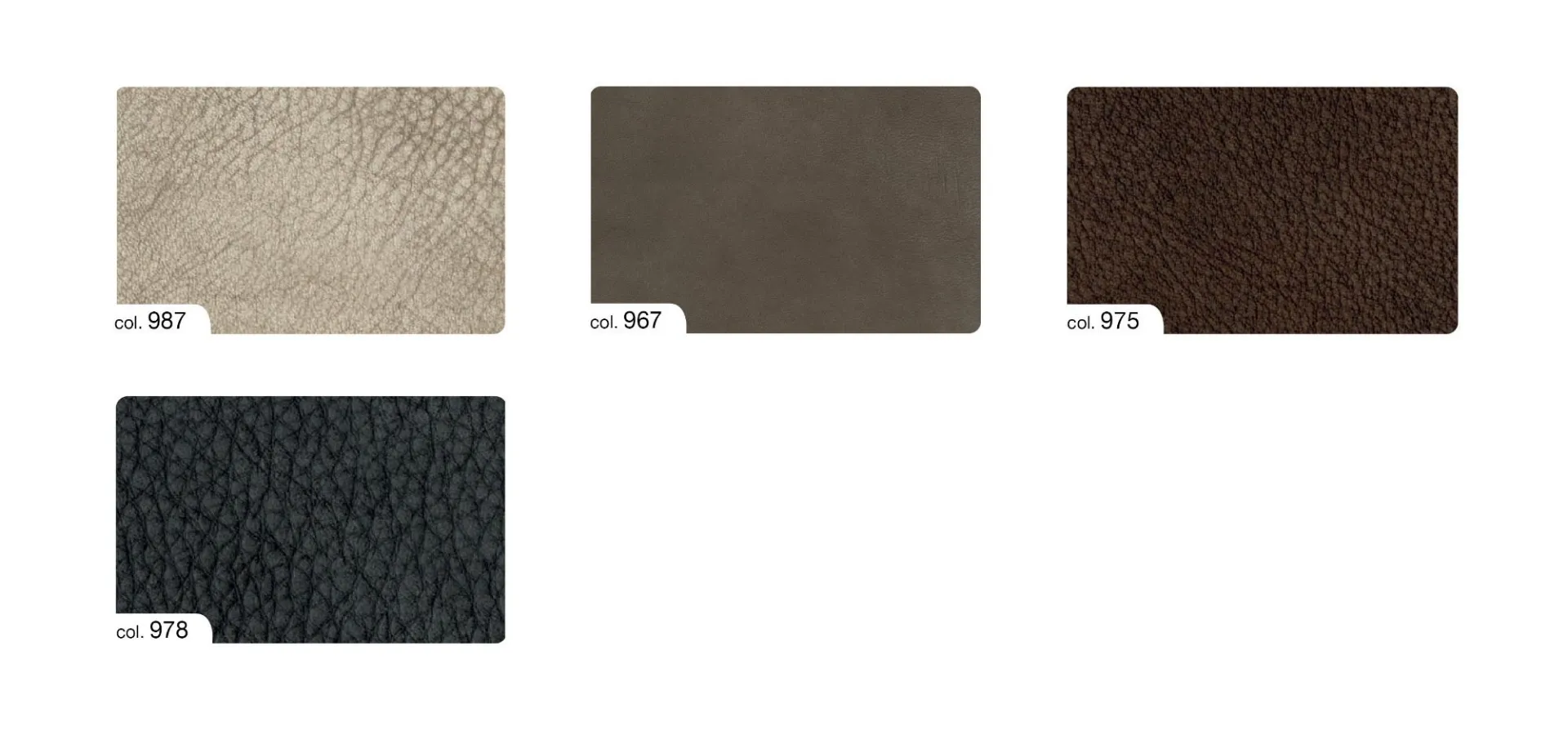
Ursula
Concia: Al cromo
Tintura: Passante in botte
Spessore: 1,4 mm
Tipologia: Pieno fiore macchiato a grana naturale
Rifinizione: Rifinizione all’acqua e minima percentuale di solventi
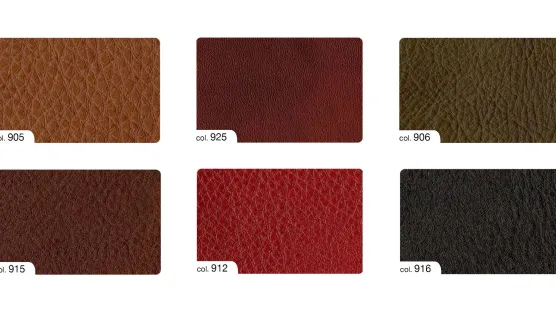
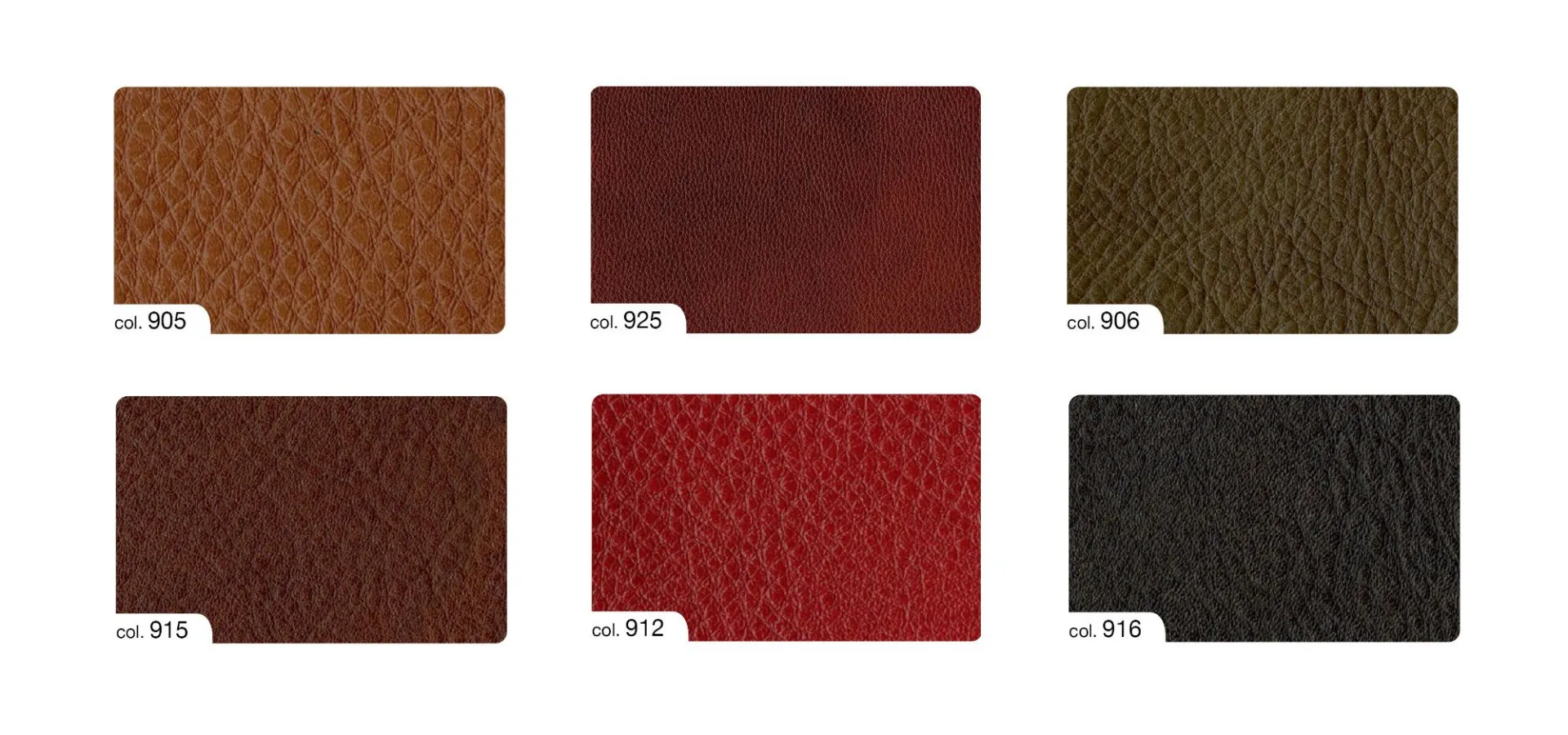
Unica
Origine materia prima: Pelle bovina di origine Europea
Concia: Al cromo
Tintura: Passante in botte
Spessore: 1,2/1,4 mm
Tipologia: Grana fine e naturale
Rifinizione: Rifinizione all’acqua
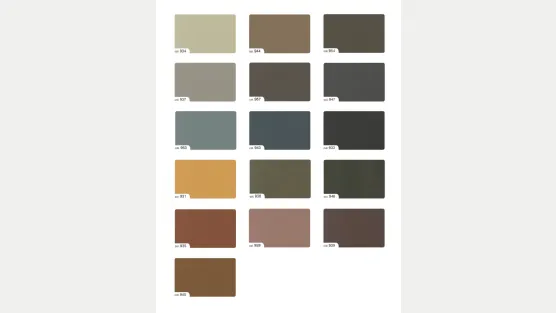
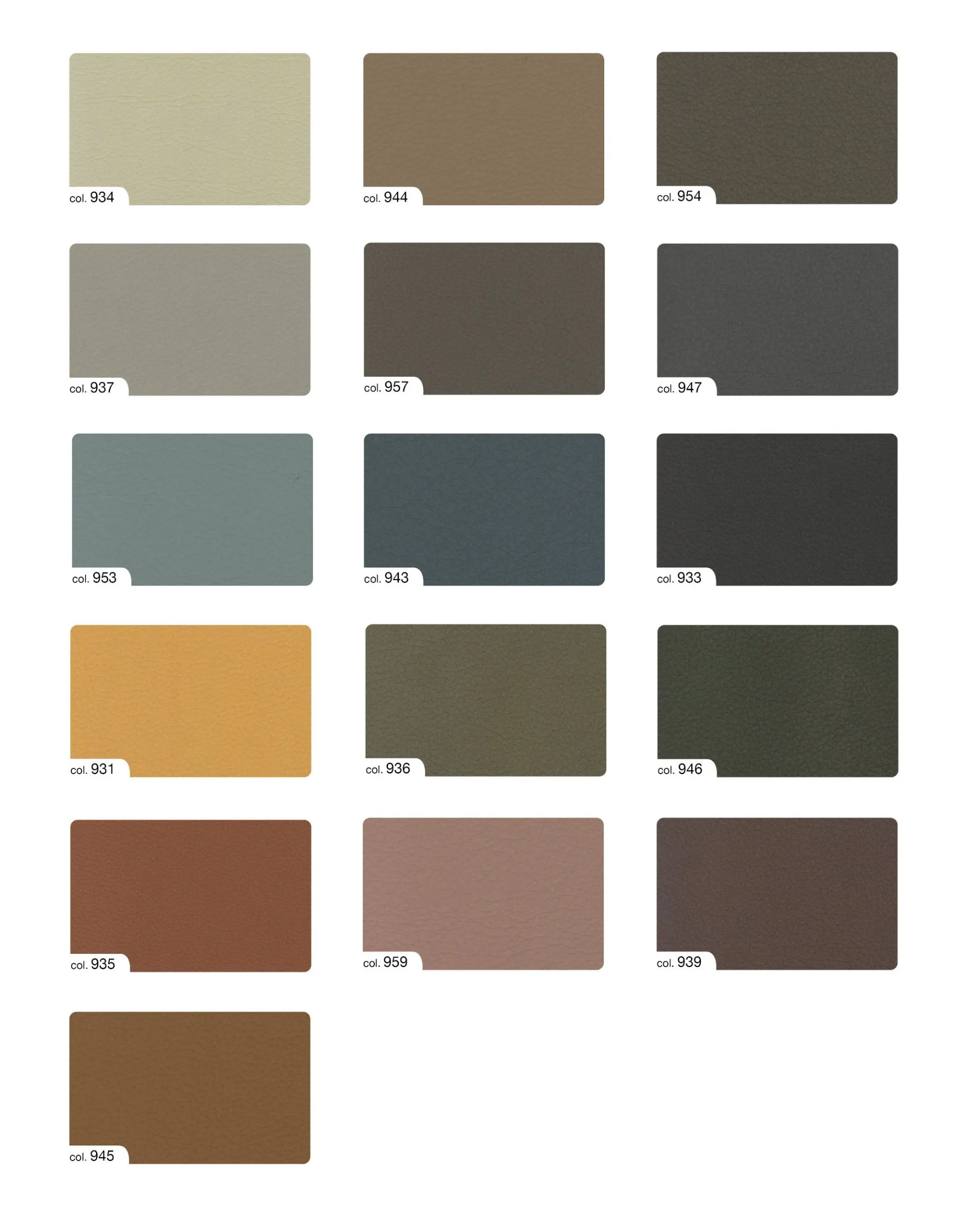
Practical tips and tricks to easily remove the fabric covering
If you have purchased a fabric sofa, sooner or later you may need to remove the covering in order to wash it. It is important to remember, that due to the construction complexity of some sofas, this operation is not always easy to perform; so the first indication would be to follow ordinary cleaning rules to minimize the need for washing.
If you have chosen a practical stain-resistant fabric such as our EMI or EVIA collections, you can remove stains very easily. Even a delicate brushing along the direction of the fabric fur, a light passage of vacuum cleaner, the rearrangement of the cushions, can postpone the moment of washing.
When even these little precautions are no longer enough, then the time has come to learn how to remove the sofa's covering.
5 steps to remove the covering
Removing the entire sofa's covering (including the structure) is an operation that takes about half an hour. Remember that each model may have some construction details that modify some passages, but in this article we will try to explain the general procedure to be followed for the most of Doimo Salotti sofas. Whenever you need it, our customer service is at your disposal to answer your questions or solve every doubt.
1. Remove the cushions
The first step is to remove the seat and back cushions. In some sofas the cushions are free, in others they are attached to the structure through zippers or velcro. To remove them, open the zipper or detach the velcro. (fig.1)
On the back of the pillow you will find the zipper to remove the cover. Most of our cushions have a "U" closure which facilitates the extraction of the sofa padding. In some models, however, you will find a linear hinge. (fig.2)
2.a Remove the sofa's armrests
Once the cushions have been removed you will now have the structure of the sofa in front of you. If your sofa is modular, divide the pieces that compose it. For example, a linear element is hooked to a corner or a peninsula through metal supports either on the side or under the sofa. (fig.3) Once all the pieces have been separated, if the model allows, also remove the armrests.
2.b How to clean the sofa
If the armrests are removable, they are attached to the main structure in two ways: with a bayonet coupling or with a screw-like attachment under the sofa base (handwheel).
In the first case, to detach the armrest, pull upwards, in the second case you have to unscrew the handwheel from below first and then extract the armrest from the seat by pulling upwards. In both cases, do not strain by pulling from the fabric but from the base of the armrest. (fig 4)
3. Remove the covering from the sofa's structure
As a last step you have to remove all the covering from the sofa structure. The fabric is attached to the white canvas that covers the structure through the velcro, making it easy to remove. If your sofa is modular and with detachable armrests, the operation is simpler than sofas with fixed structures. In both cases, start from the bottom by pulling upwards and folding the velcro outwards. (Figure 5)
4. The velcro element: what is and what's its purpose
Velcro is an adhesive element which tends to stick to the fabric and could pull the threads of the coating. When you are pulling out the sofa structure, keep the tape against Velcro close at hand. In this way all the stages of sofa undressing and dressing will be easier. (fig 6)
The sofas of the Sartorial collection are already equipped with them, upon delivery. In other cases you can easily find it in the haberdashery. It is a light fabric strap that attaches to the velcro and prevents it from sticking to the fabric during washing.
5. The cleaning process of the sofa
We remind you to always look at the washing instructions of the fabric and to respect them scrupulously. It is important to rely on a serious laundry also for dry cleaning when required. With wrong washing procedures, you can shrink the fabric making it difficult or even impossible to re-cover the sofa. We always suggest to wash the fabrics inside out and never use the dryer. Some fabrics can also be ironed, some can not. Always check the washing symbols tof the technical sheets attached to the sofa at the time of delivery.
Start from the structure!
If you have a modular sofa or a sofa with removable armrests, you are facilitated. If the structure is more compact, proceed starting from the top. It is important to start well from the tip corners, and then slowly go down to the bottom of the sofa.
How to refit the covering: step by step
When all the high and side seams fit well with the original angle, you can turn the covering under the sofa, and detach the tape against the velcro to definitively fix the fabric.
To attach the armrests, proceed in the reverse order of when you disassembled them. The same goes with the seat and back cushions.
To cover the cushions, slightly fold the padding, thus facilitating the fitting of the cover. The corners of the cushions must be matched with the seams of the fabric. Before closing the cover, go with your hand between the padding and the fabric and try to spread it as far as possible towards the corners.
Pay attention when closing the zippers, you will not have to fit the padding.
The nubuck leather sofa is a very refined choice, but how do I know the right process for the proper maintenance?
Nubuck is a fine workmanship of real leather. We want to underline this statement because there are different materials on the market that simulate the effect of nubuck, but they are fabrics or technical materials and not real leather, with significant differences also on the final price of the product.
Pros and cons of the Nabuk leather sofas
The nubuck sofa is delicate, and precisely because the surface has this "frosted velvet effect" finish, it fears all the stains of water and grease. To always keep a nubuck sofa beautiful, you must have particular attention both in its use and in any cleaning. Among the rules for normal use we mention the most important such as:
Never expose the nubuck sofa to direct sunlight or heat sources, including halogen bulbs.
Avoid rubbing the surface with fabrics that can yield colors, such as jeans.
Even the simple ink of a newspaper, if left in contact with nubuck skin, can stain.
The velvet effect, to be maintained over time, must not be covered with oils or detergents of any kind.
And if something stains the Nabuk leather?
As mentioned before, some nubuck leathers are finished with a surface treatment called 3M Scotchgard which although on the aesthetic side tends to make the skin more uniform and slightly less velvety, on the other hand it guarantees greater protection against the number one enemies of the nubuck , i.e. the aqueous and oily spots. It should be remembered, however, that this protection is not absolute as it can be, for example, for a stain-resistant fabric, so attention to the correct use and maintenance must not decrease.
Discover how to clean a leather sofa
How to clean a Nabuk leather sofa
Use a soft cloth or brushes to remove the dust. Never dab it by squeezing the stain, you will get the opposite effect making it penetrate even more. Do not use common detergents but special products for cleaning suede.
Together with each sofa, Doimo Salotti delivers the nubuck the CARE KIT, that is a box containing two specific products and a soft microfibre cloth. The Nabuk Cleanerserve to clean gently and effectively, while preserving the velvety effect of Nabuk skins, while the Nabuk Protector, is used to protect against water, oil or alcohol-based stains and should be used regularly six to twelve times a year.



![[come_pulire_nabuk]#](/2123/imgs/rivestimenti/img3.jpg)

